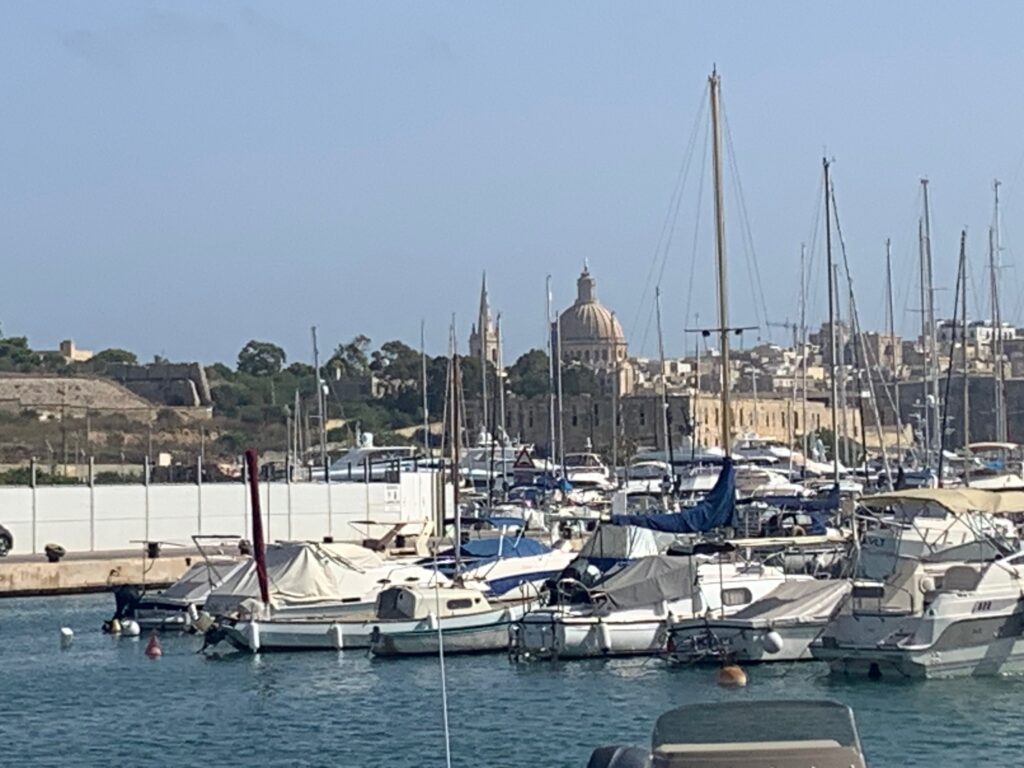
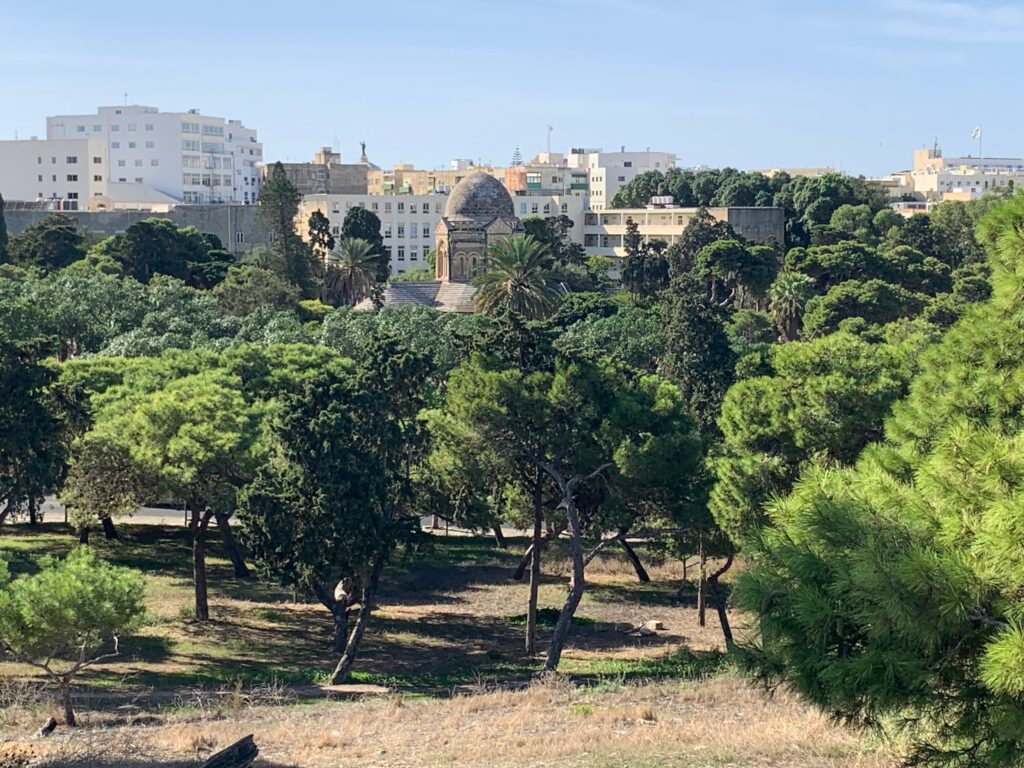
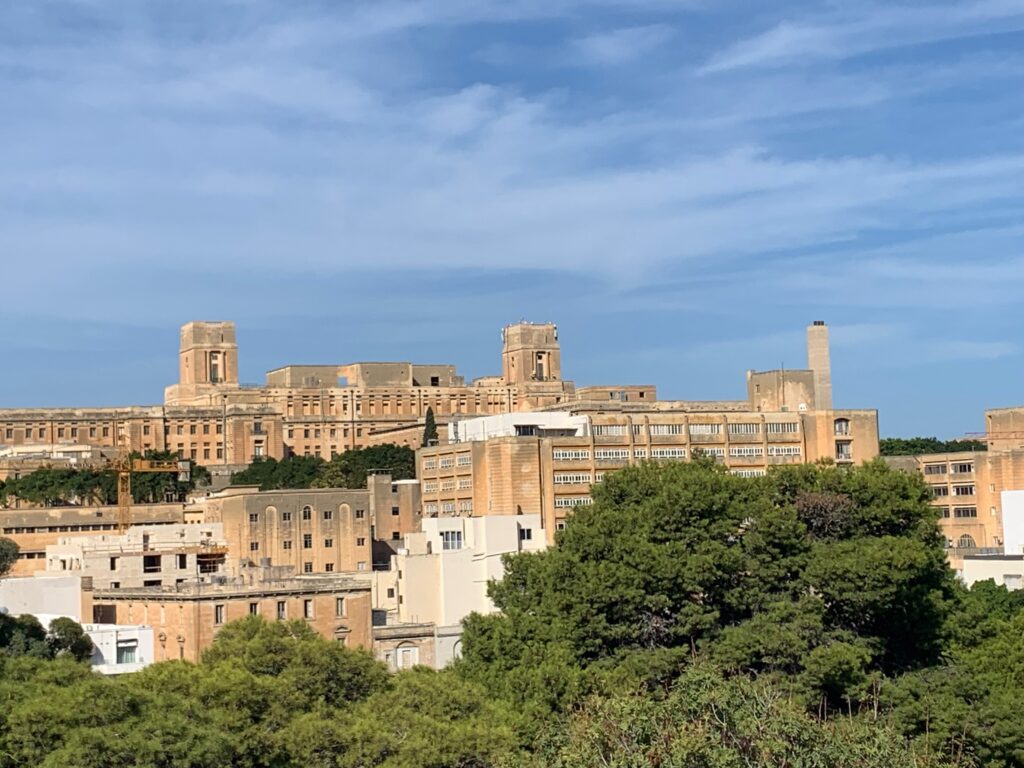
I had no idea that Malta was so a picturesque island with so many stunning landscapes and as rich a history it has. Valletta, the capital city, boasts more monuments per square mile than any other city globally, reflecting its history of conquests and control by the Phoenicians, Carthaginians, Greeks, French, English, Italians, Sicilians, Romans, and various other powers. This led to be declared a World Heritage City by UNESCO. Today half a million people call the 316km (200sq miles)that is Malta home making it the fifth most densely populated country on the planet.
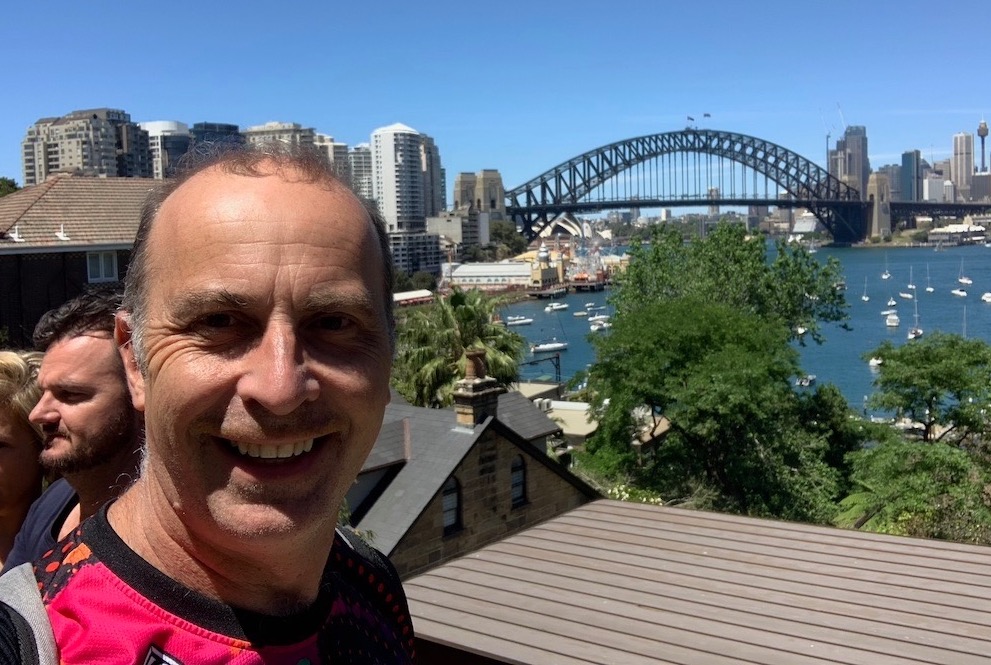
My visit to Malta coincided with a cancer fundraiser I participate in each year in, Sydney, Australia each year: the 7 Bridges Walk, which I do in memory of my sister, who passed away in 2012.
So I found myself walking 28km (17 miles) in one day, around the inner heart of Malta. This gave me a rich sense of Malta and Malta life.
On that day I walked through Valletta (Capital), and next to it, Floriana; Walled Garden City and the neighbouring cities: Gzira: a Multicultural Waterside, Msida: the Harbour Town, Sliema: Bustling Shopping area, St Julien: Entertainment Hub and the Ta’ Xbiex Seaside area. Thanks to my generous supporters, I raised over $3000 for cancer research and support.
The Churches
Every visitor, and I emphasise, must explore the St. John’s Co-Cathedral. Set aside at least an hour and use the audio tour that is included in the entry price. (If you attend a church service, there is no entry fee).
This structure was consecrated on March 20, 1578 as a fairly plain building . The cathedral was subsequently transformed into a visual masterpiece with devotees sparing no expense to adorn it with lavish paintings, intricate sculptures, opulent marble, and exquisite tiles.
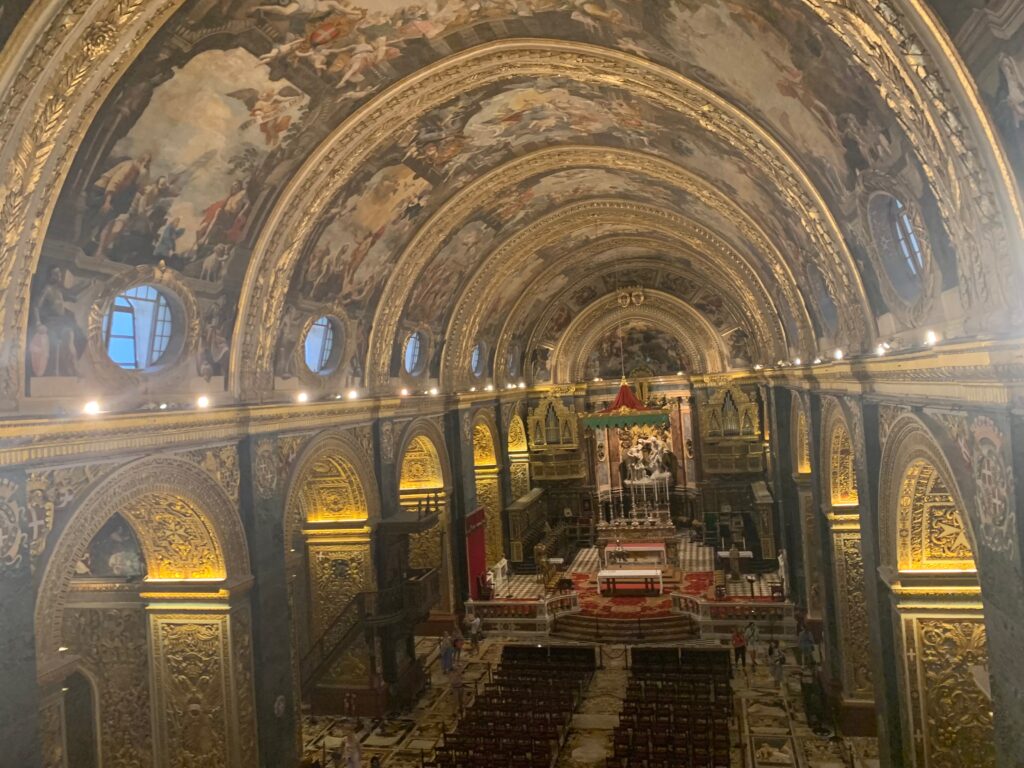
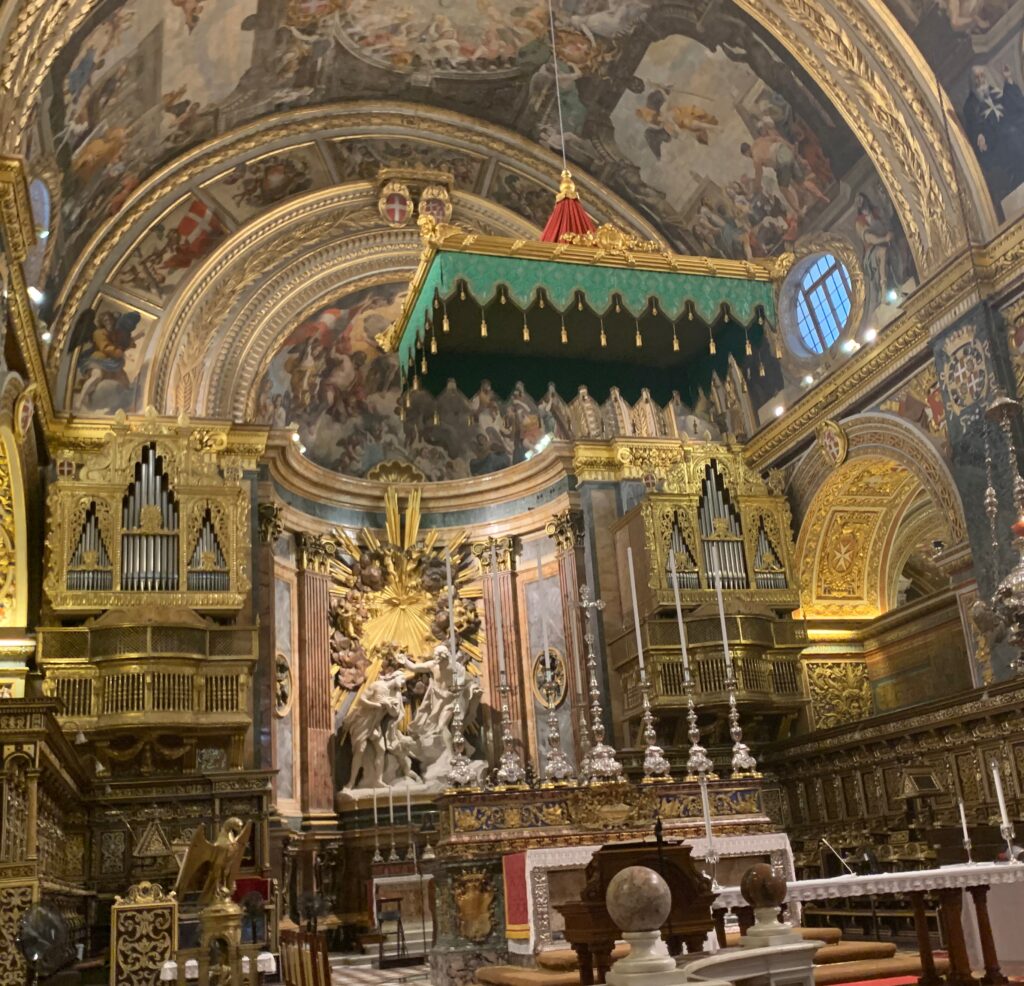
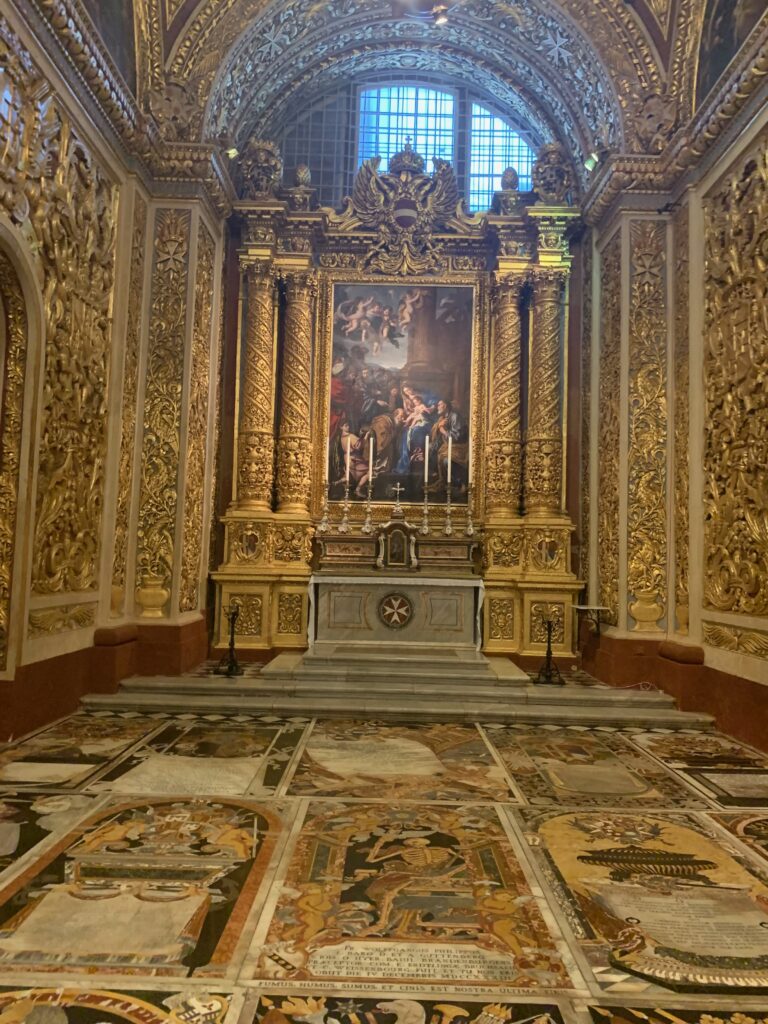
The highlight of the experience, for me, was the mesmerising Caravaggio paintings, notably “The Beheading of Saint John the Baptist.” The intriguing twist lies in Caravaggio’s expulsion from the very order that inspired these masterpieces, adding a poignant layer to his work.
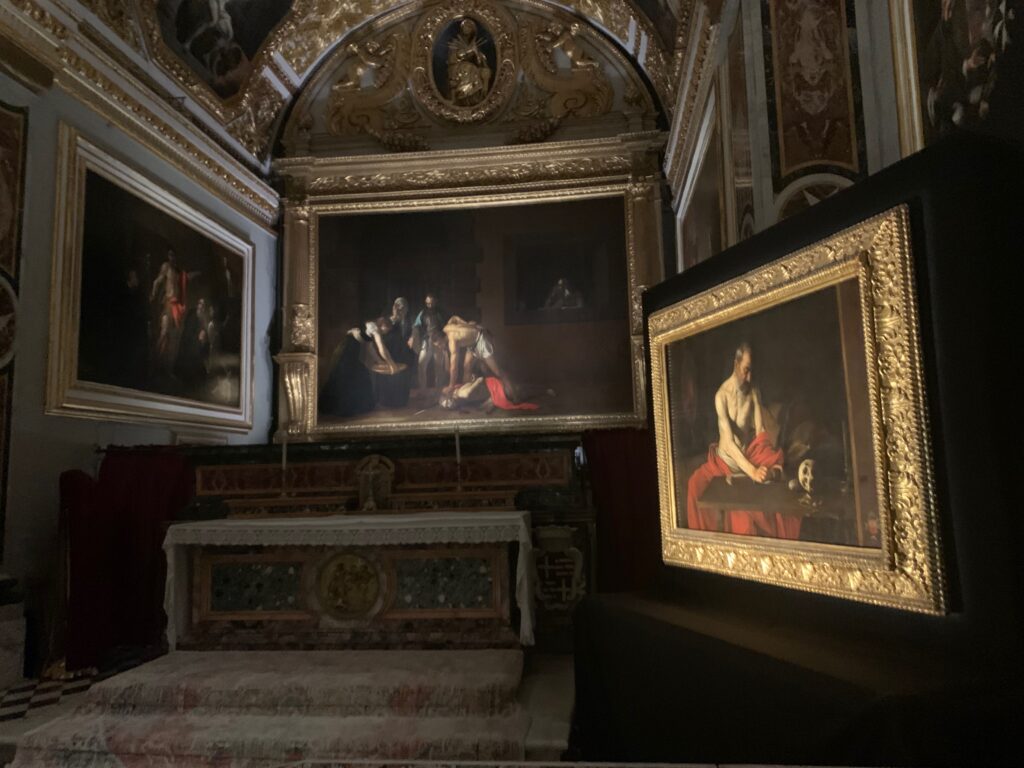
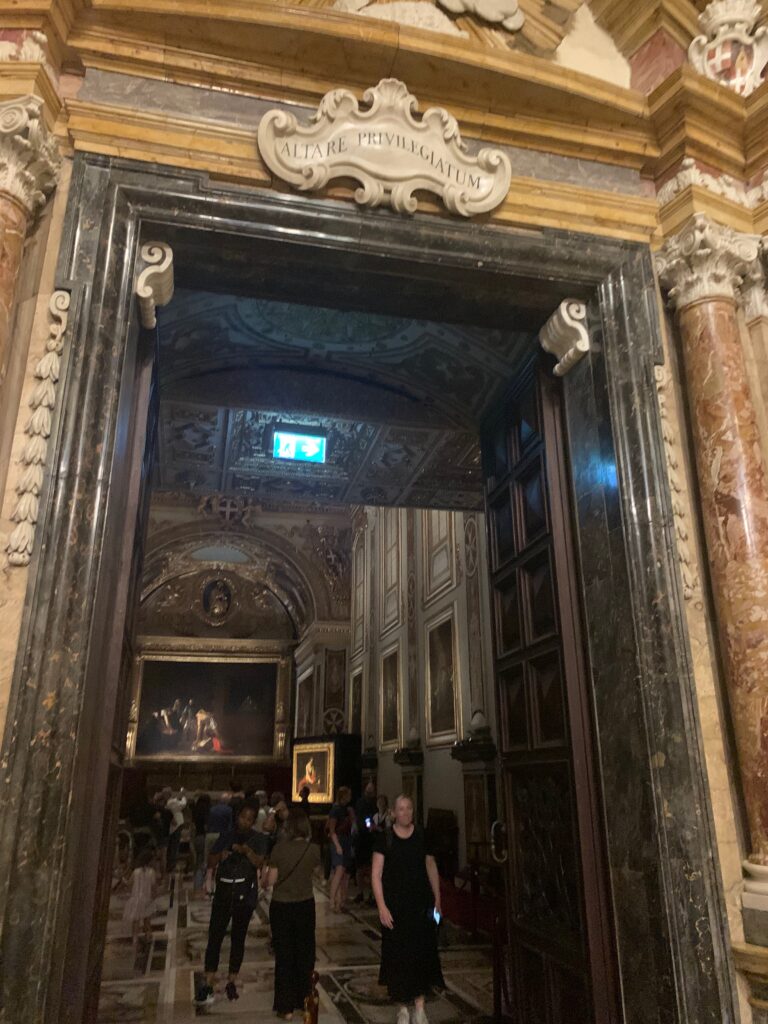
Don’t miss the narrow stairs leading to the cathedral’s balcony for an exceptional perspective. For those seeking solitude, private alcoves offer a space for prayer and reflection.
St Paul’s Pro-Cathedral, Valletta
In contrast, St. Paul’s Church exudes a unique tranquillity that differentiates from St John’s churches. The interior is known for its elegant simplicity, with beautiful stained glass windows and a striking altar. While it’s called a cathedral, it’s important to note that St. Paul’s Cathedral is not the seat of a bishop. It was built during the British colonial period in Malta in the 1840s under orders of Queen Adelaide whose banner hangs above the choir stalls. It was designed by William Scamp and is an excellent example of Neoclassical architectural style. It is constructed with Maltese limestone. Its distinctive contribution to the Valetta skyline is a huge spire.
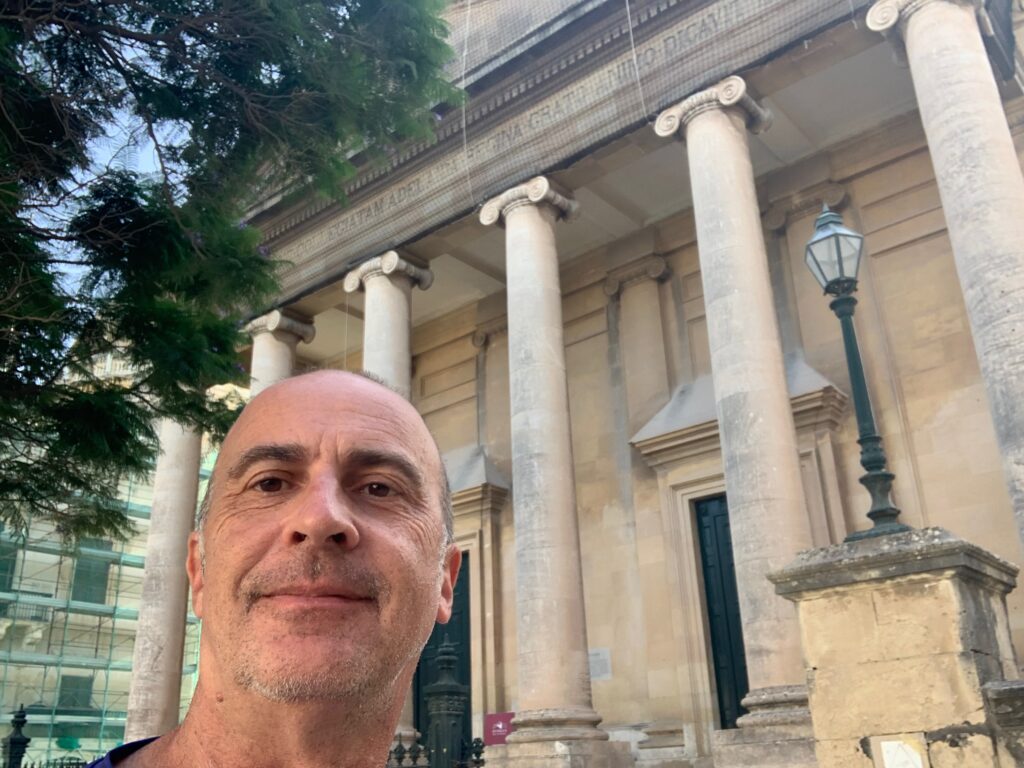
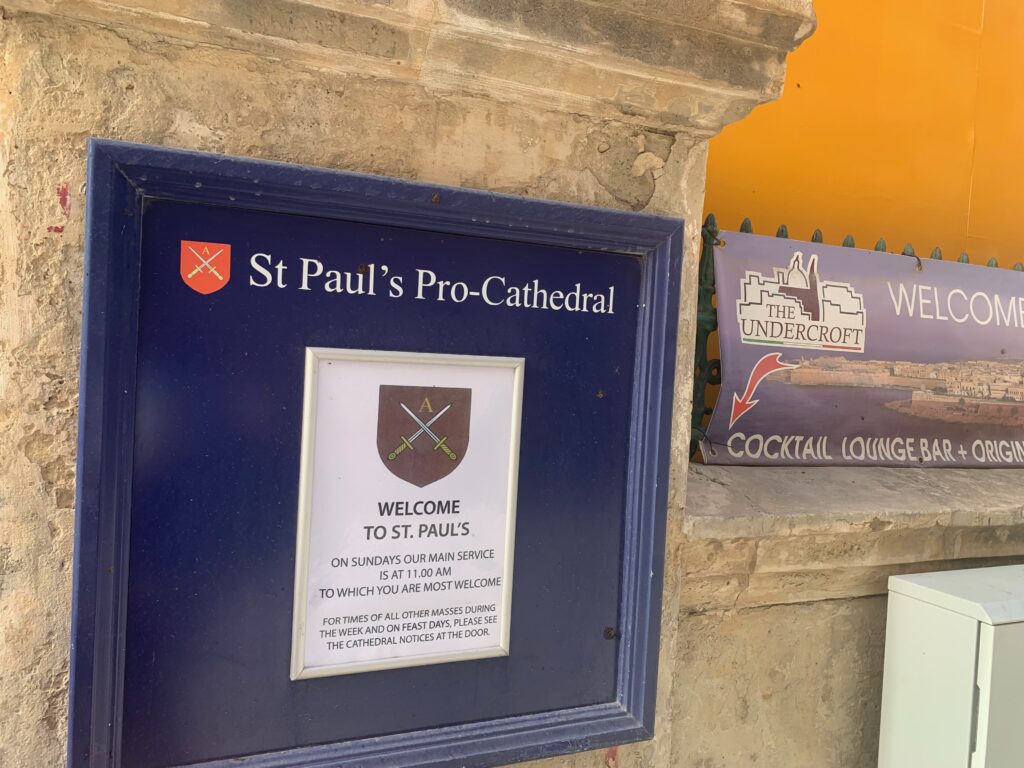
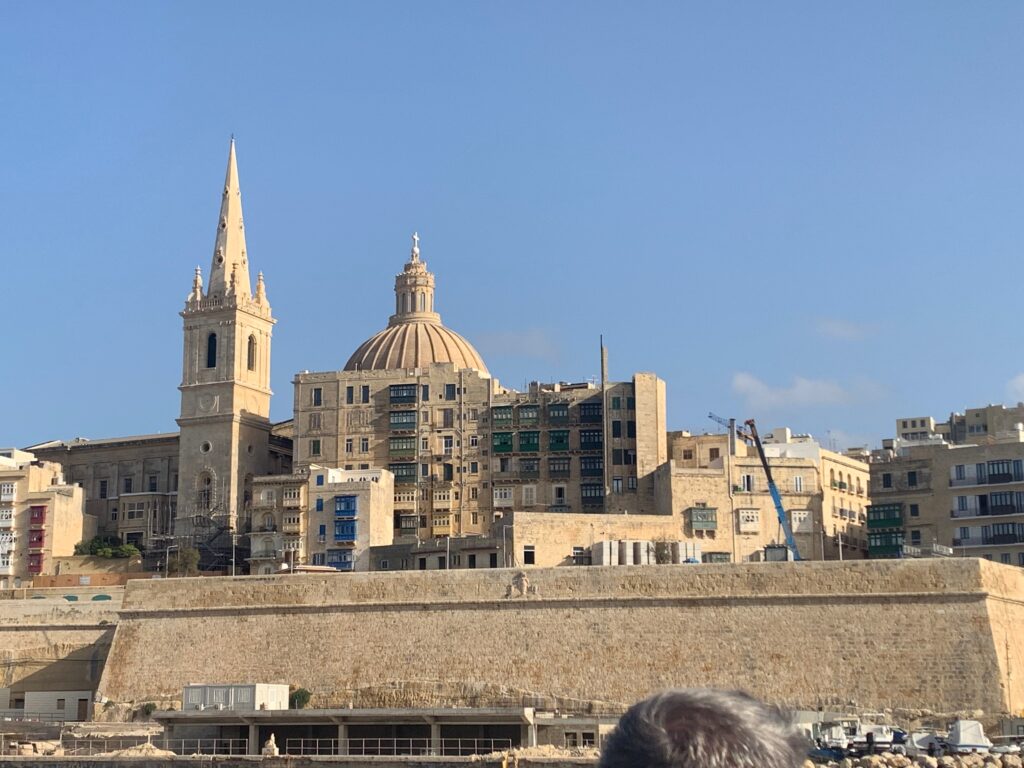
Basilica of Our Lady of Mount Carmel:
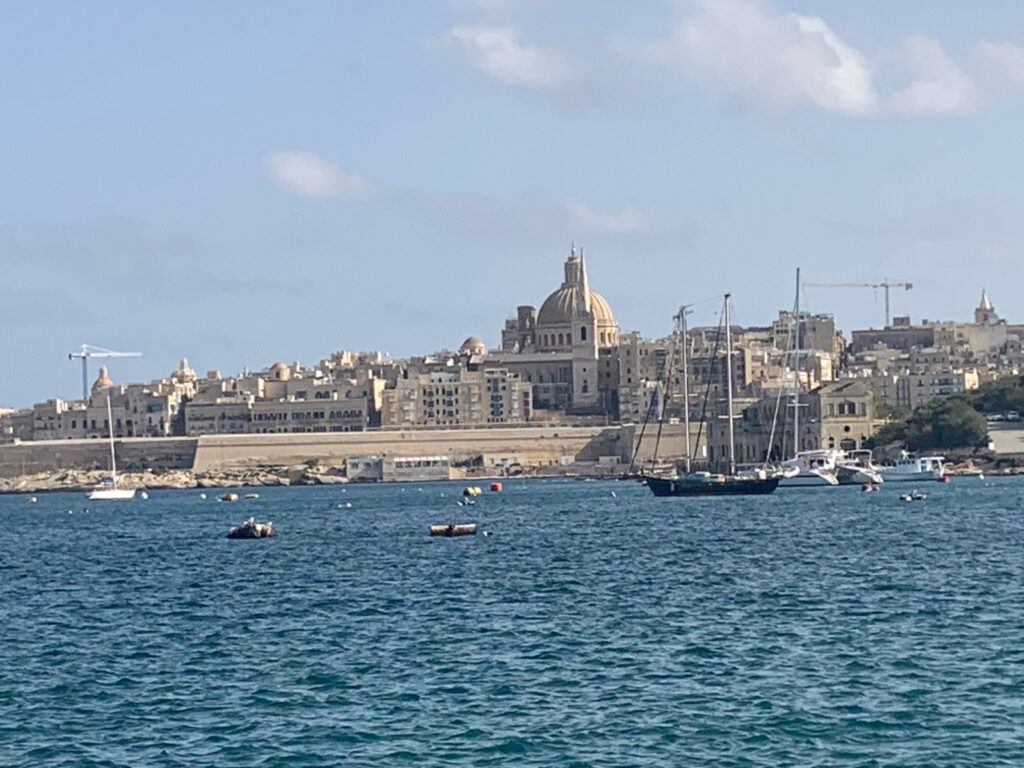
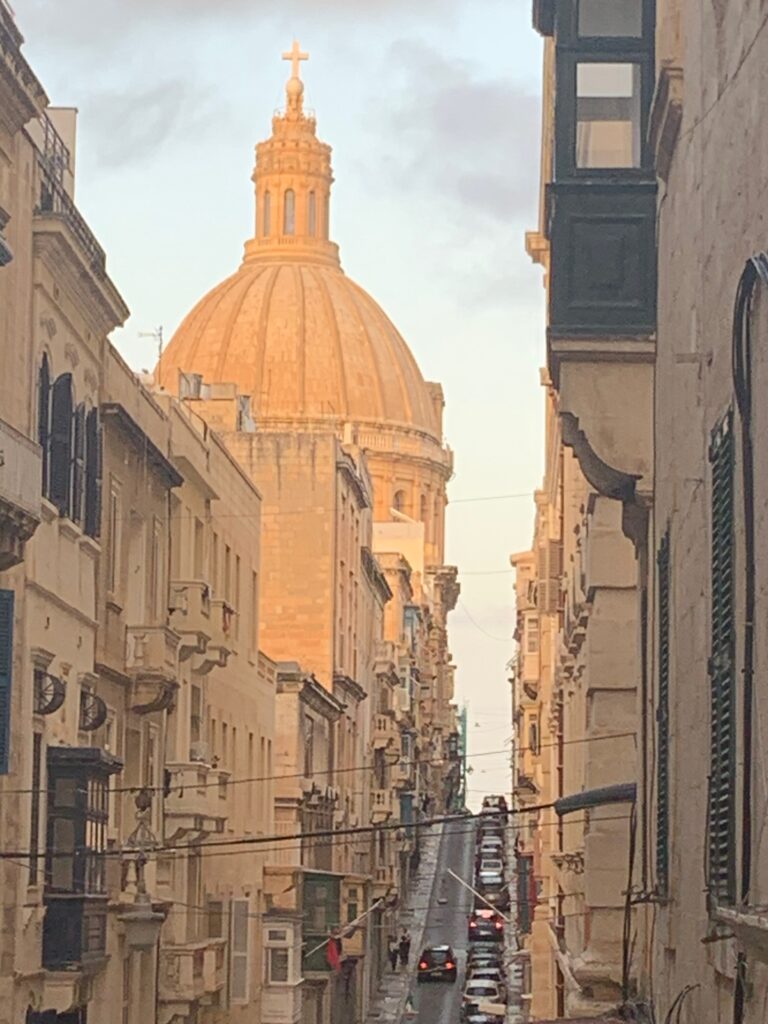
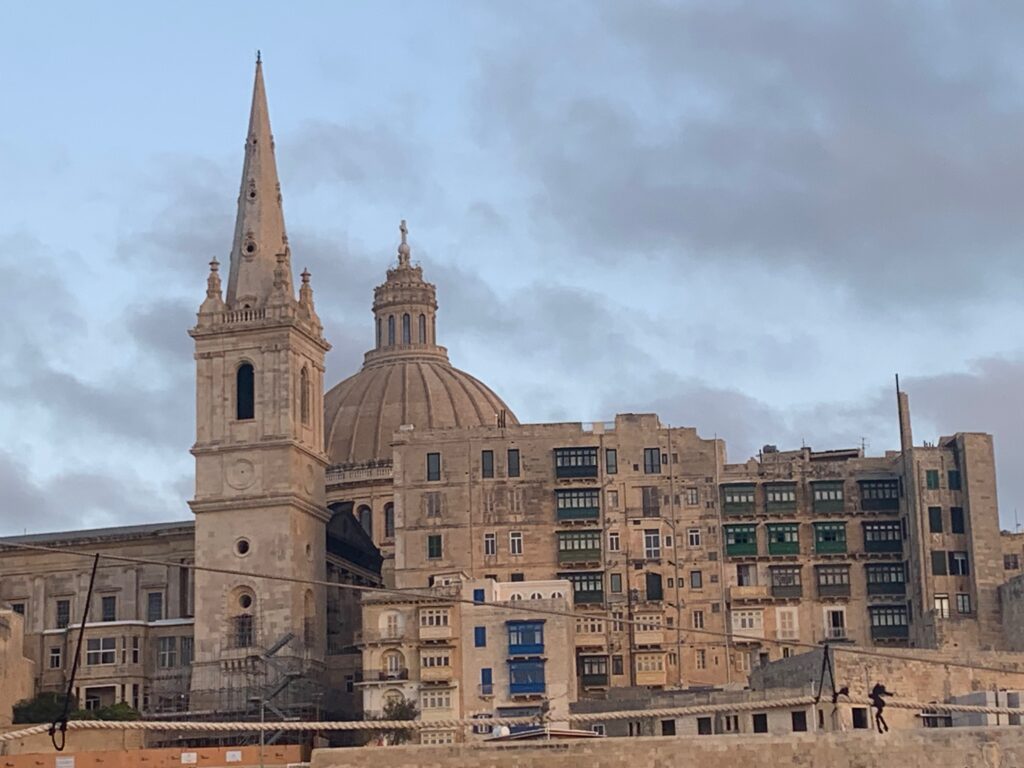
The majestic dome, visible from across Valletta, belongs to the Baroque-styled Basilica of Our Lady of Mount Carmel, initiated in 1570 and resiliently surviving extensive bombing during World War II. Its interior is equally captivating, adorned with exceptional artwork, religious icons, fine sculptures, and frescoes that together create an atmosphere of profound spirituality.
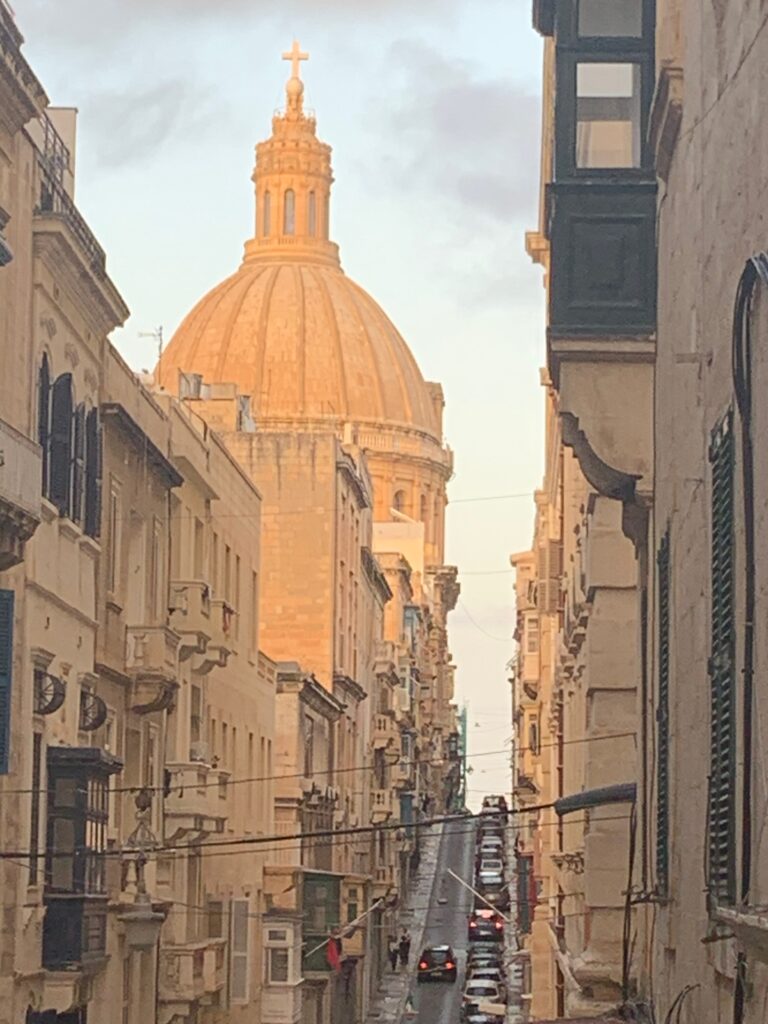
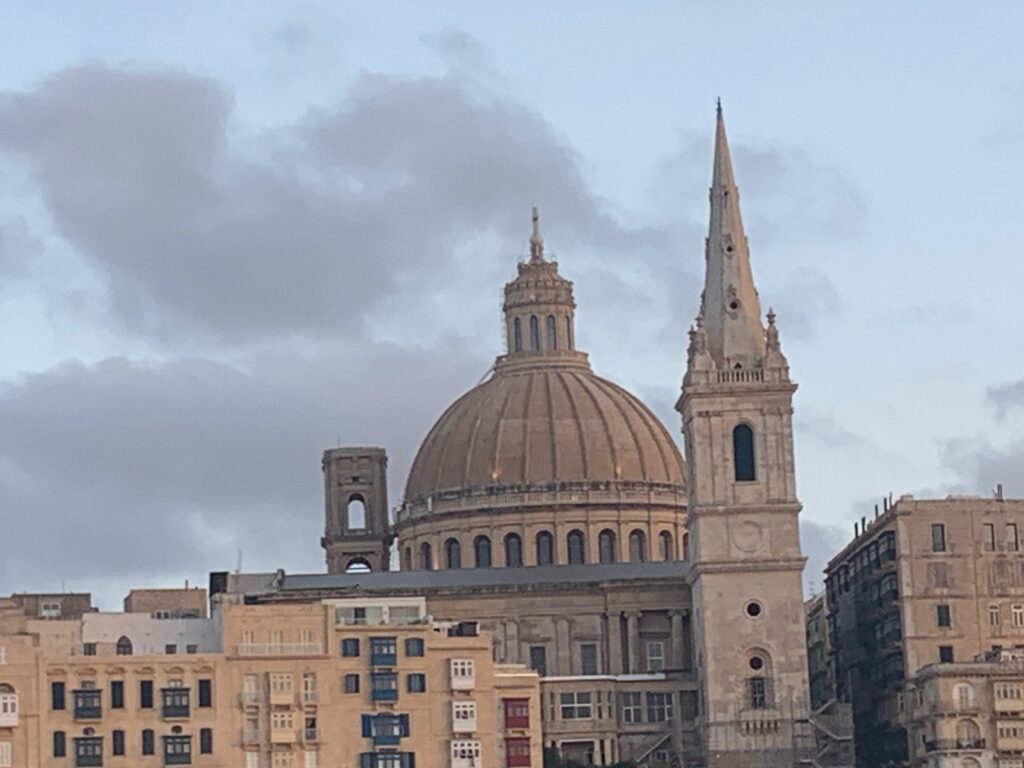
St. Andrew’s Scots Church, Valetta
Dates back to the 19th century, designed by Maltese architect Giuseppe Bonavia, in the neo-gothic style. The congregation is now operating joint congregation of the Church of Scotland British Methodist Church.
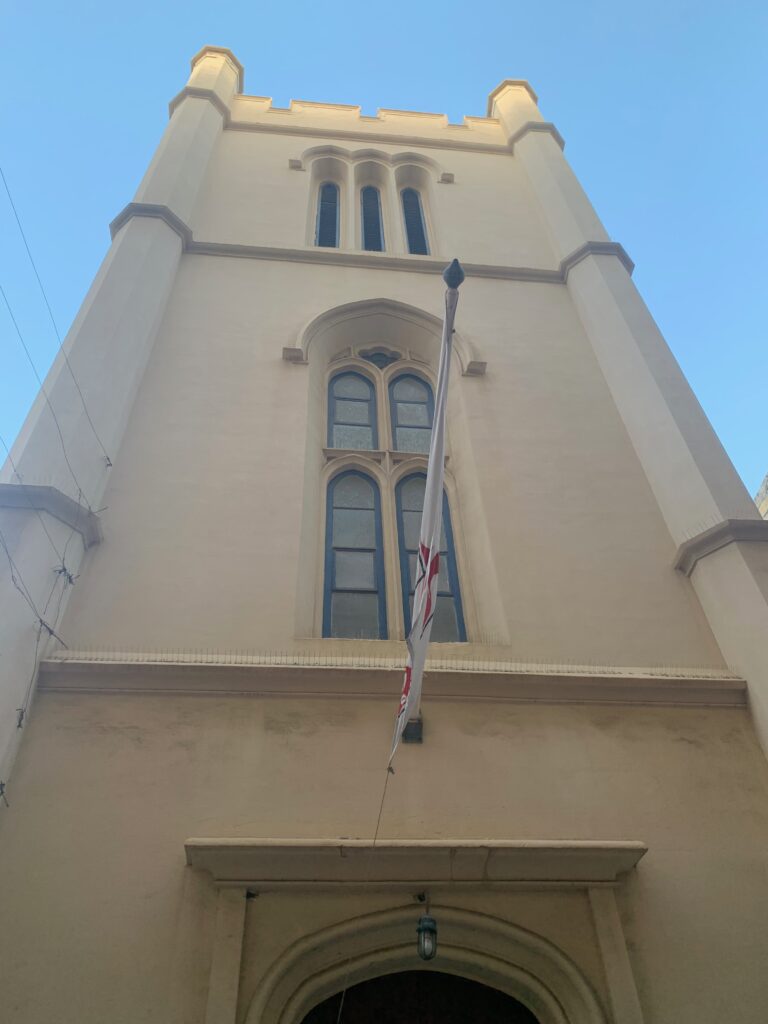
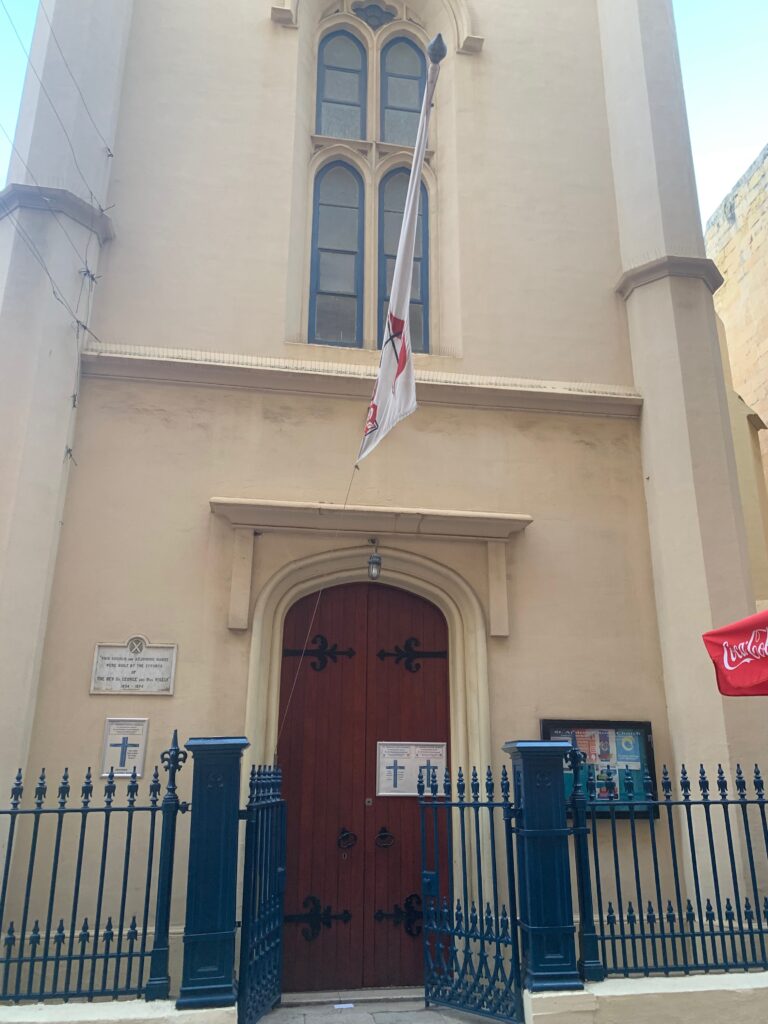
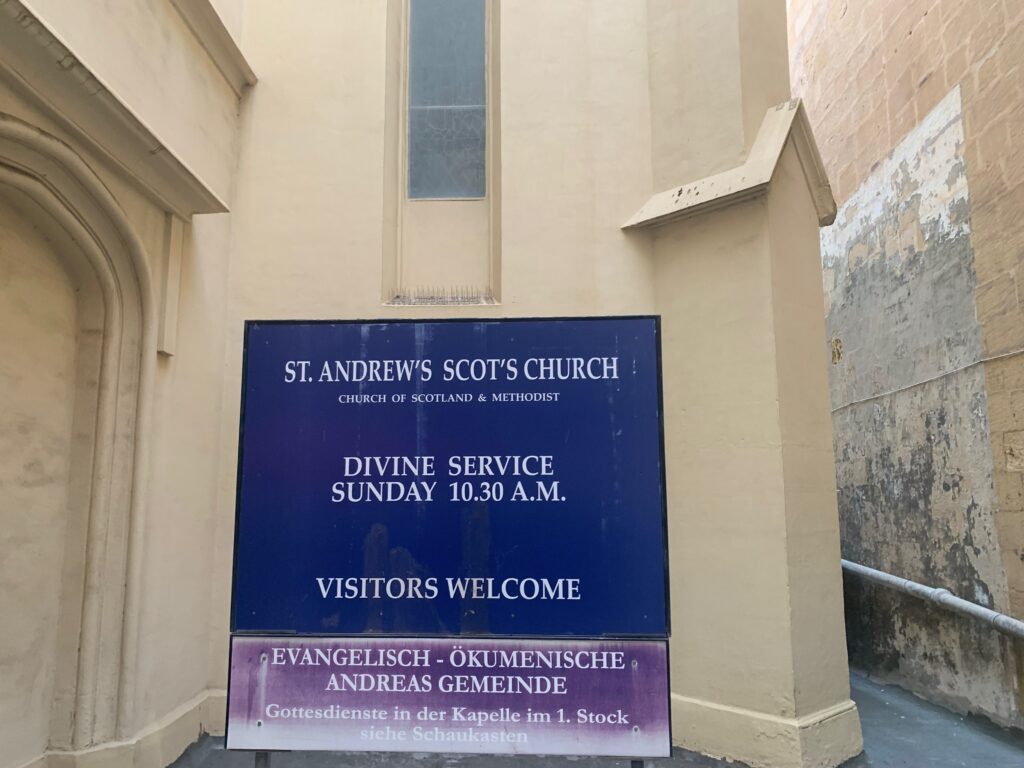
St. Joseph’s Church in Msida:
Make time for a visit to the 1894 St. Joseph’s Church in Msida (Il-Knisja Parrokkjali ta’ San Ġużepp). This charming church, located opposite the picturesque Msida Marina, offers a unique perspective on Maltese religious architecture and history.
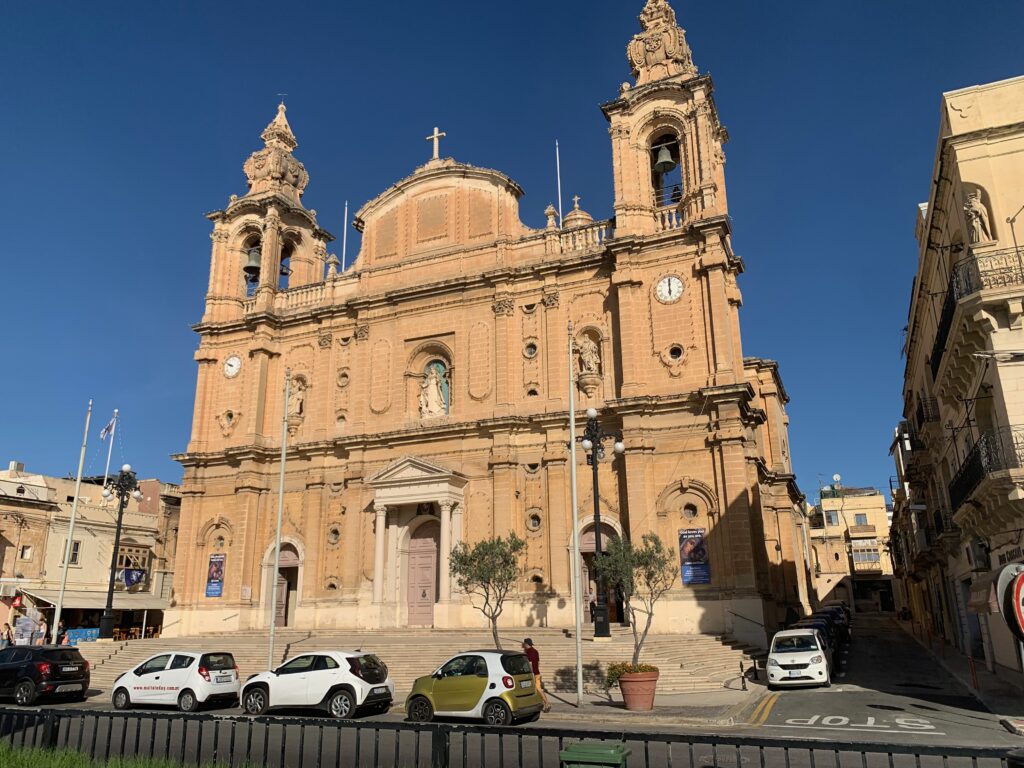
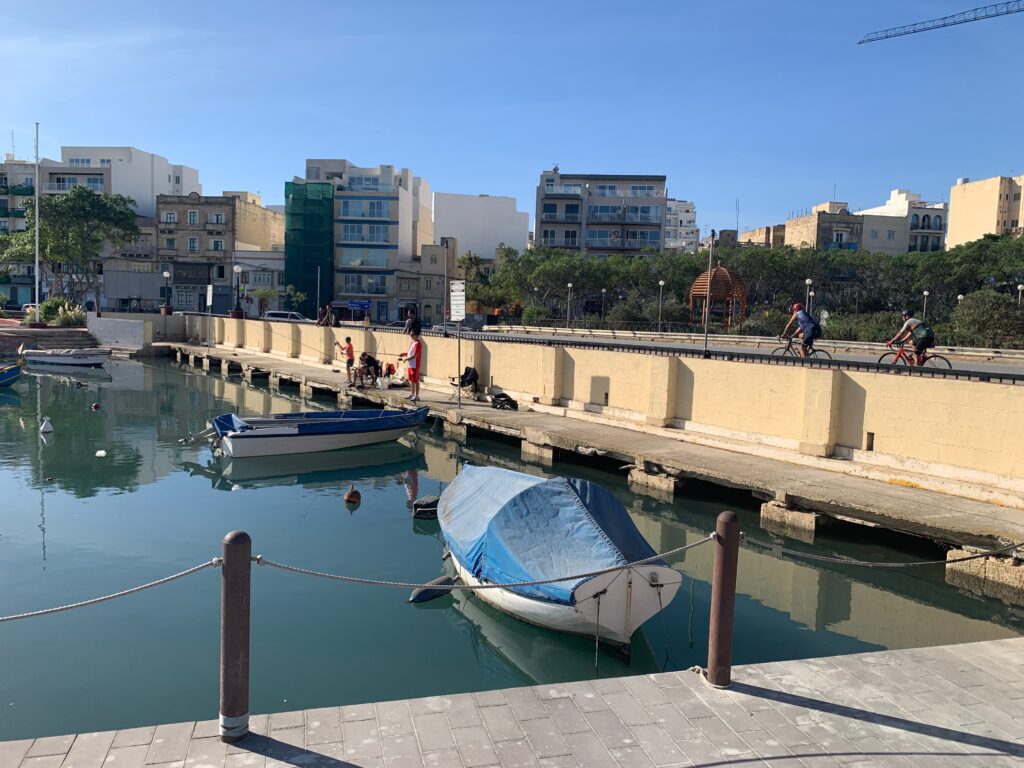
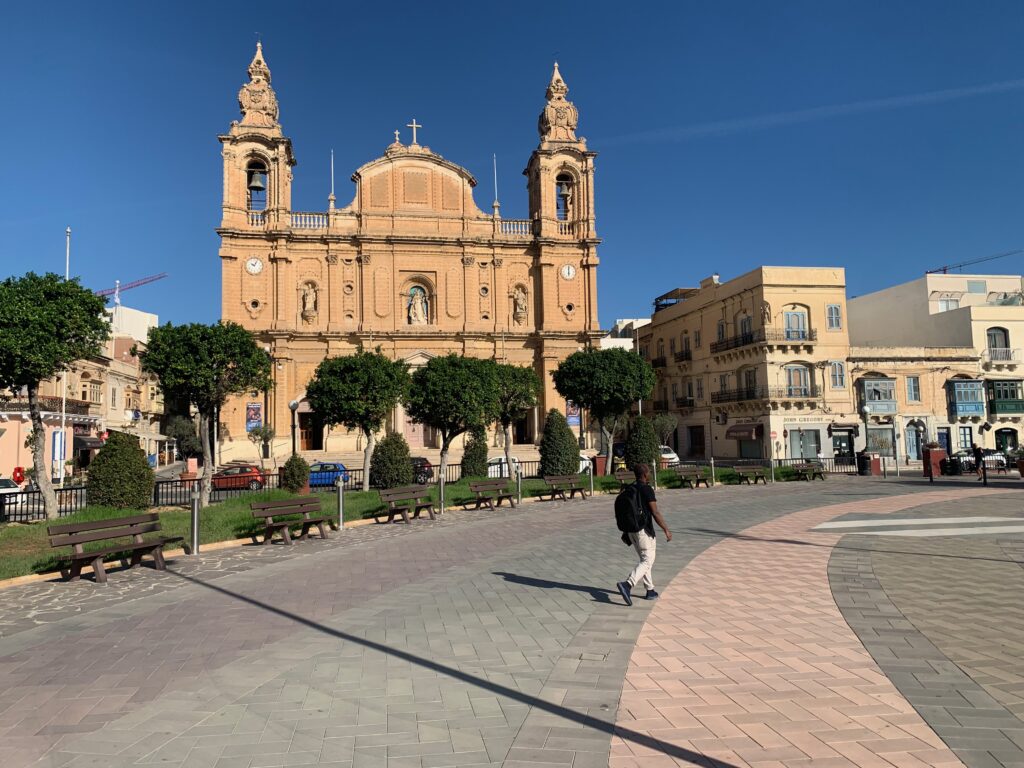
Gardens and Squares
Argotti Gardens, Floriana, originally served as a cultivation ground for medicinal plants and herbs. Today, they have transformed into a haven for nature enthusiasts, featuring captivating statues, tranquil walking paths, and shaded areas.
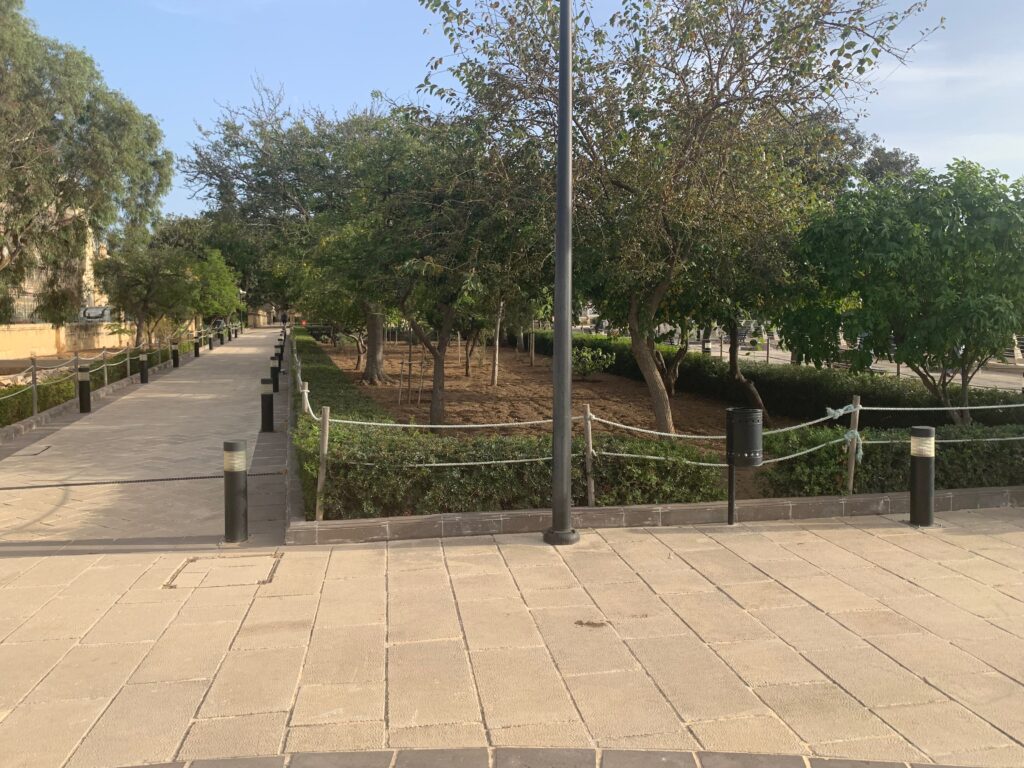
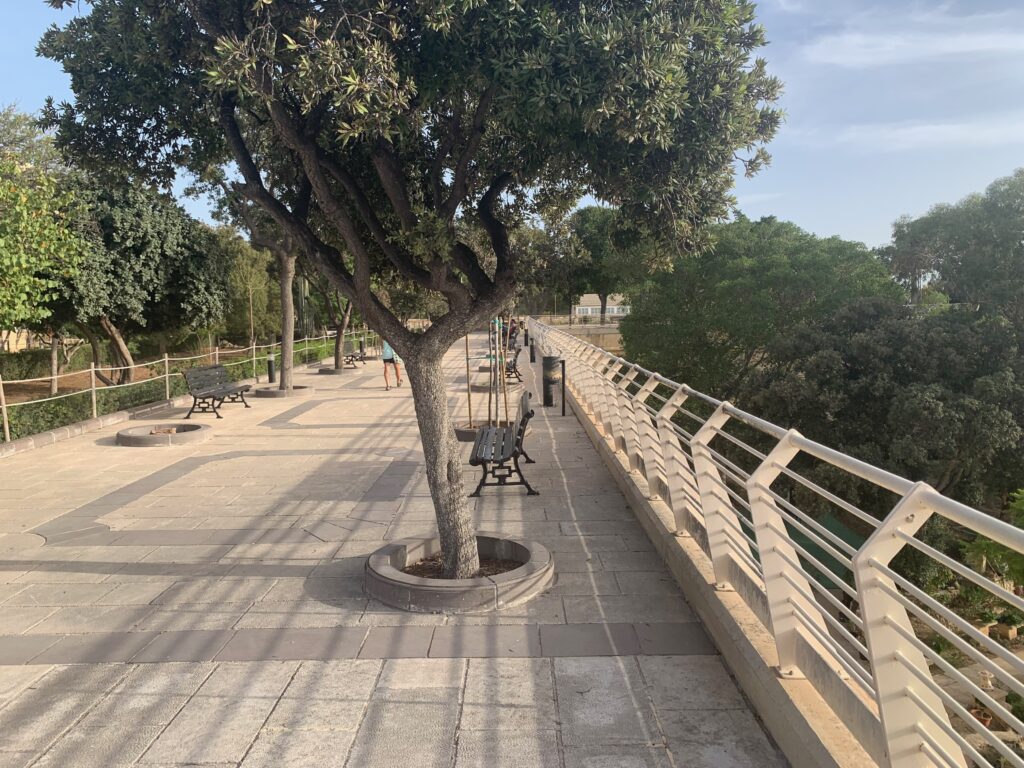
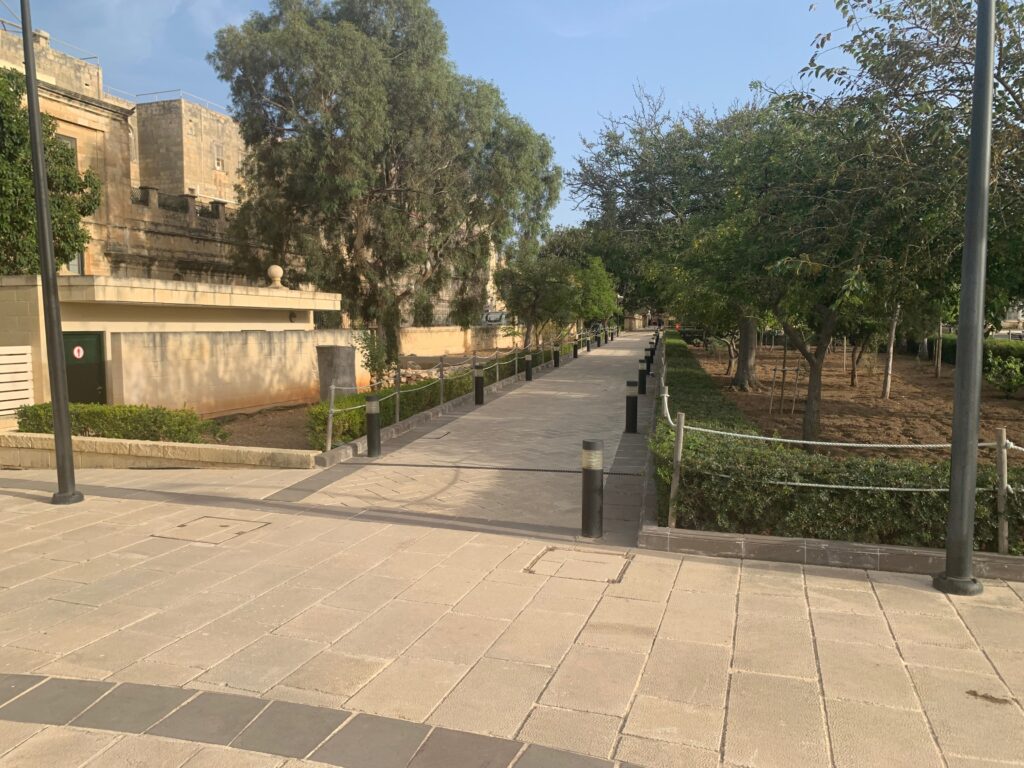
Upper Barrakka Gardens: Everyone recommended visiting these exquisite gardens, and they were absolutely right. A must-see. They tend to be quite bustling, but that’s for a good reason. Aside from their ten lovely gardens, they hold significant historical monuments and offer breathtaking panoramic views of the Grand Harbour.
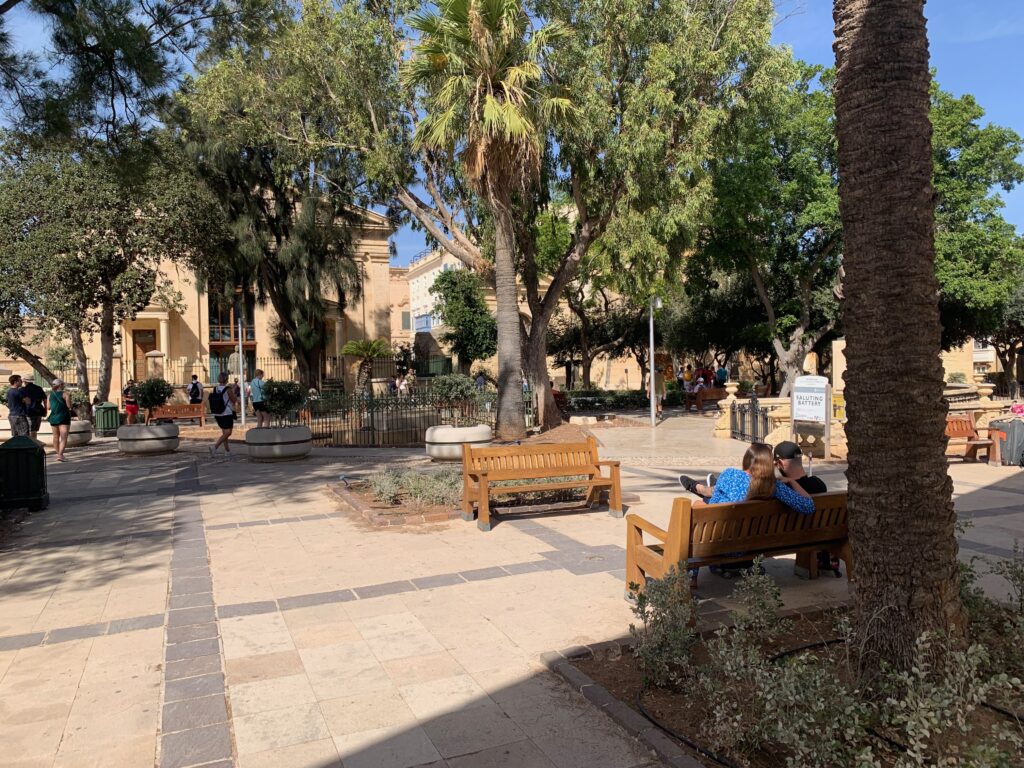
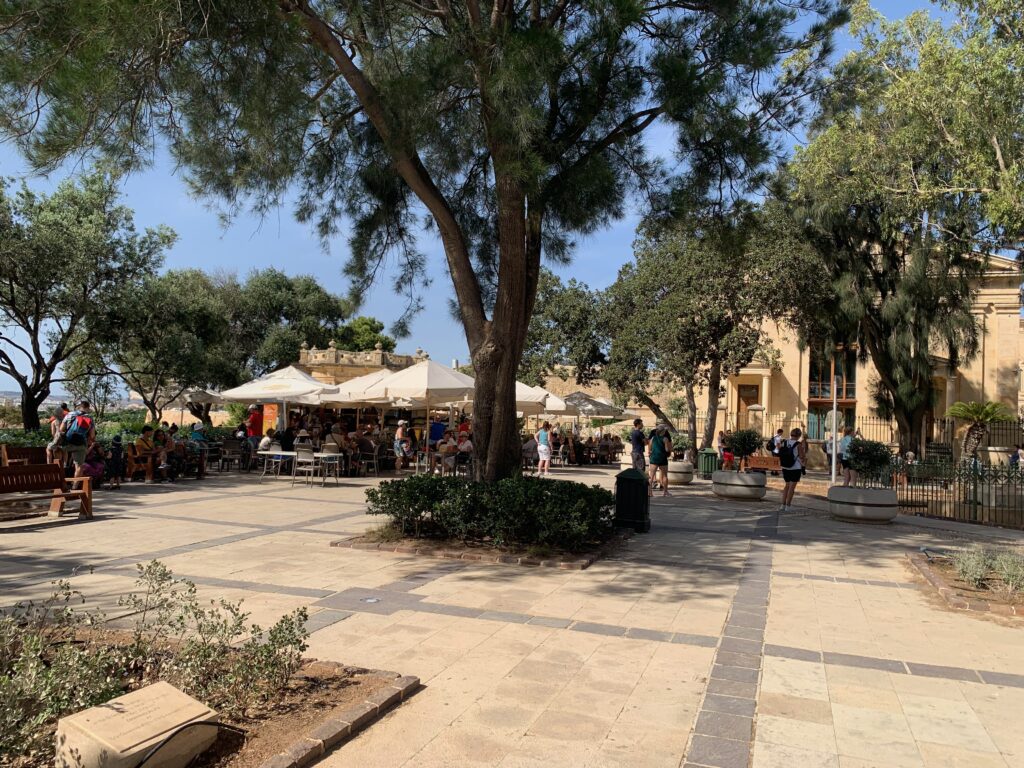
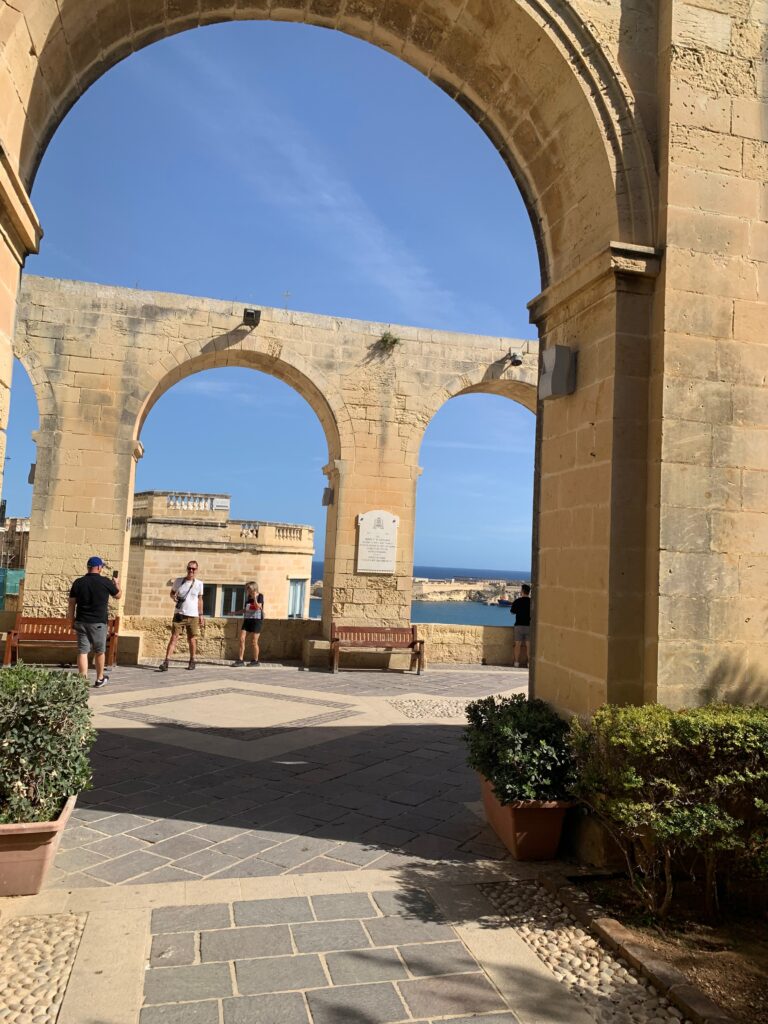
Lower Barrakka Gardens: Much less busy, I liked these gardens more than the Upper Barrakka Gardens. Nestled on the outskirts of Valletta, these gardens provided peaceful vistas and an excellent space for visitors to unwind and enjoy some leisure time.
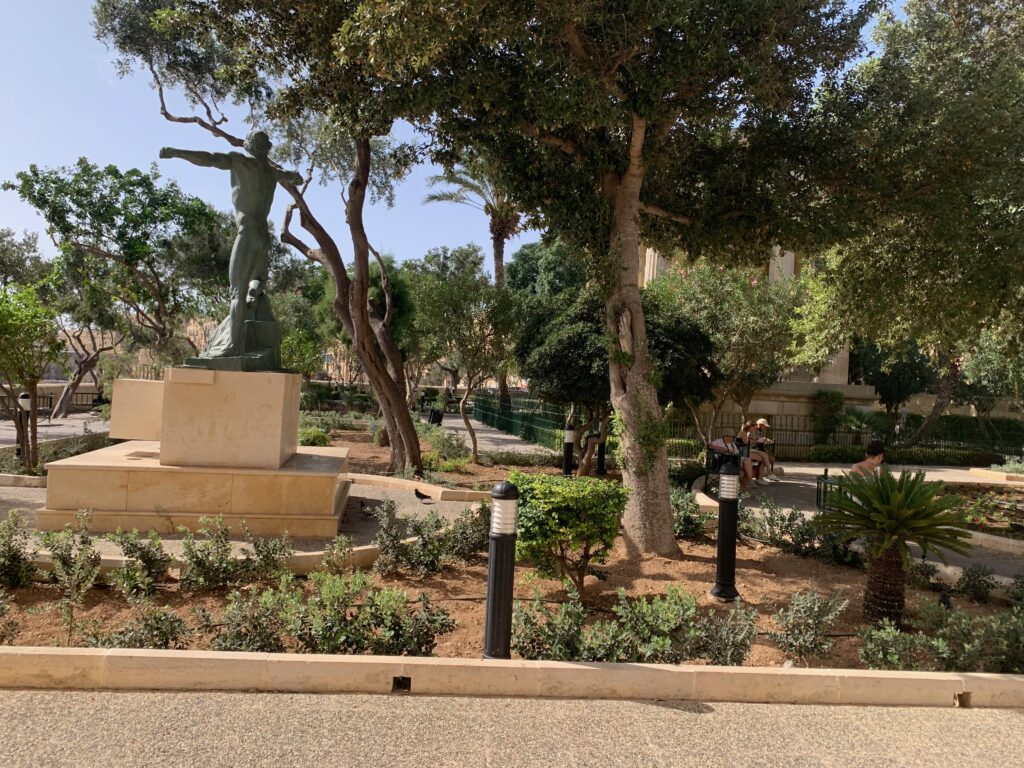
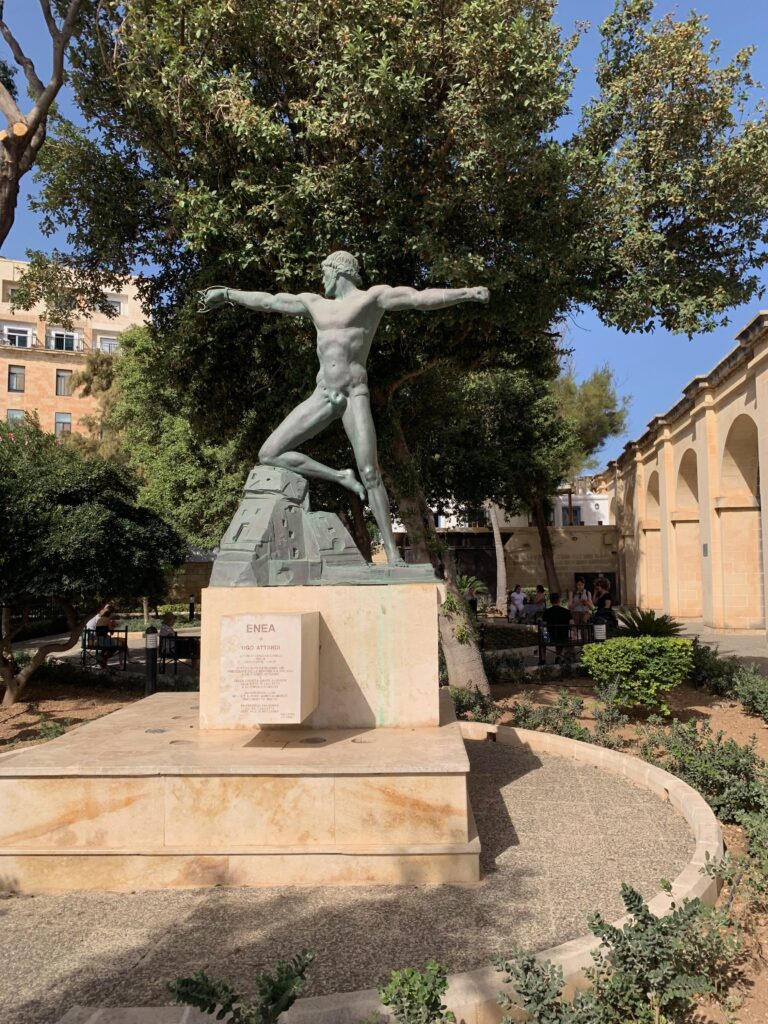
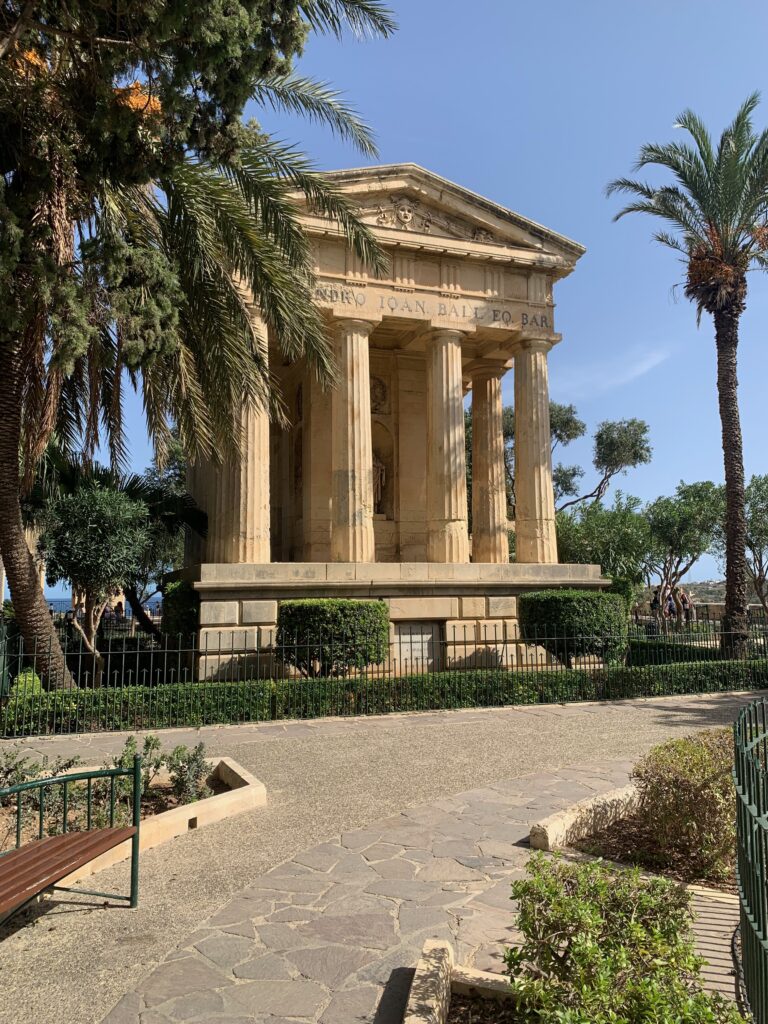
Republic Square (Pjazza Regina): Republic Square is a spacious, open square situated in the heart of Valletta. It was named in honour of the establishment of the Maltese Republic in 1974. This square is a central point in Valletta and serves as a venue for various cultural and civic events. Lined with historical buildings, including the National Library of Malta, the square exudes a sense of grandeur.
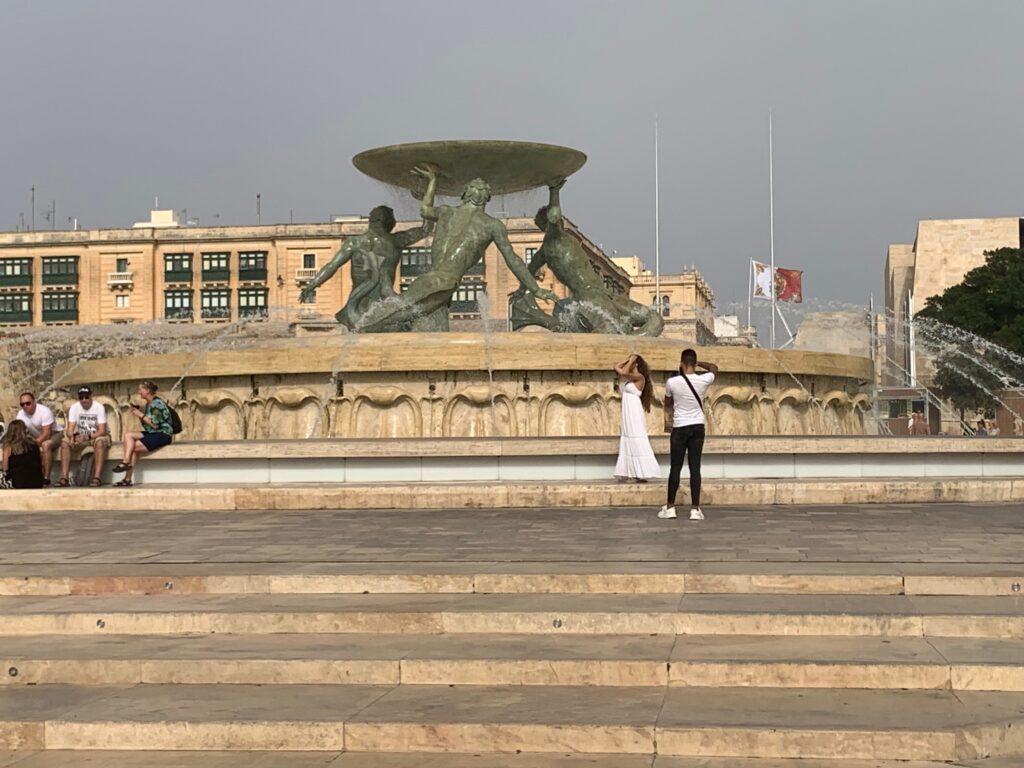
One of the most prominent features of Republic Square is the Triton Fountain, a large water feature adorned with statues and lights. The fountain is a popular meeting point for both locals and tourists.
Sa Maison Gardens, also known as ‘il-Gnien tal-Milorda’ or Her Ladyship’s Garden, is a serene and picturesque spot offering beautiful views over Marsamxett Harbour. This garden holds a historical connection with Lady Julia Lockwood, who cherished it from 1842 to 1856. When you explore the gardens, you’ll discover remnants of its time under military care, such as several regimental crests engraved into the bastion walls within the garden.
St. George’s Square, Valletta is a beautiful huge public space surrounded by various iconic buildings, including the Grandmaster’s Palace, the Grandmaster’s Palace State Rooms, and the Main Guard Building. The square is often a venue for public events and ceremonies.
By the Water
I walked along Boat Street, Valletta to St. Elmo’s headland (which was itself closed). This part of the walk allowed me to admire the towering stone city walls that have protected the island for centuries on one side and the new towers of Silema, across the water on the other side. . I encountered no tourists in this area (not a single guidebook mentions it), but there were plenty of locals enjoying activities such as fishing, swimming, and sharing intimate moments in this peaceful space.
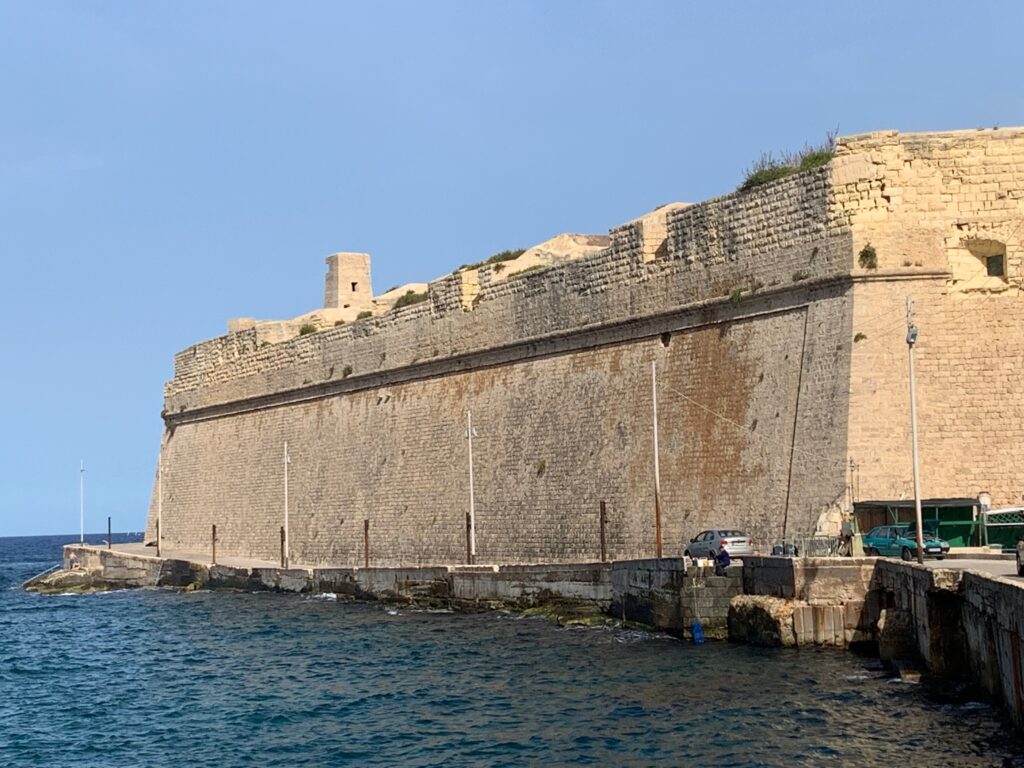
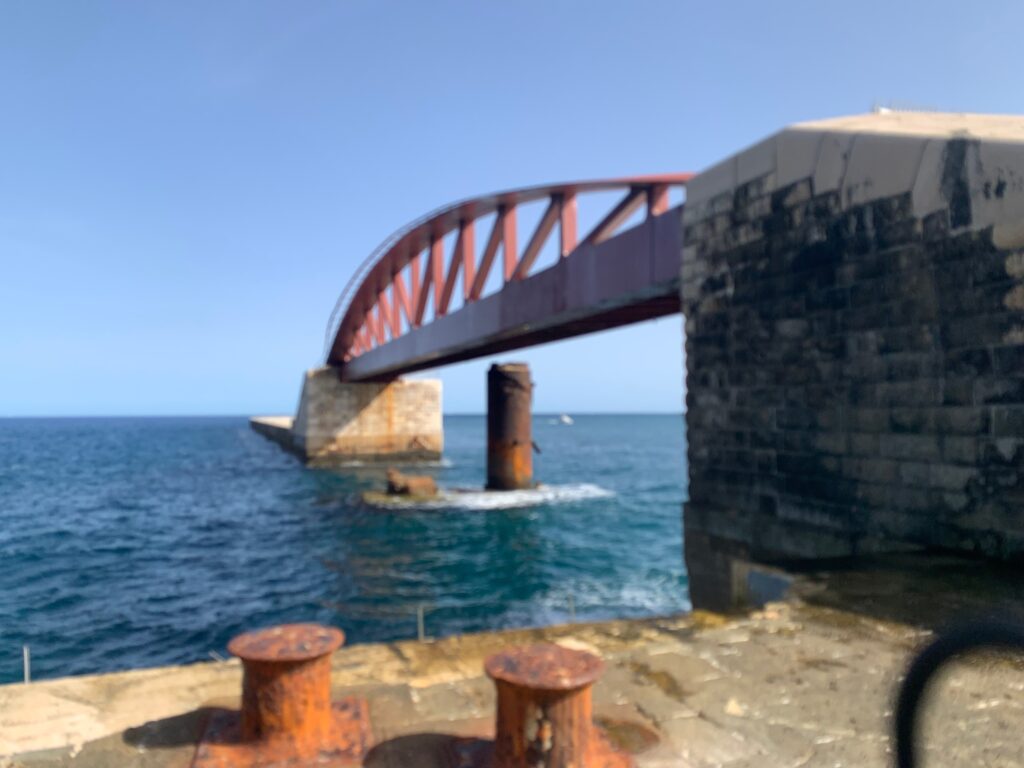
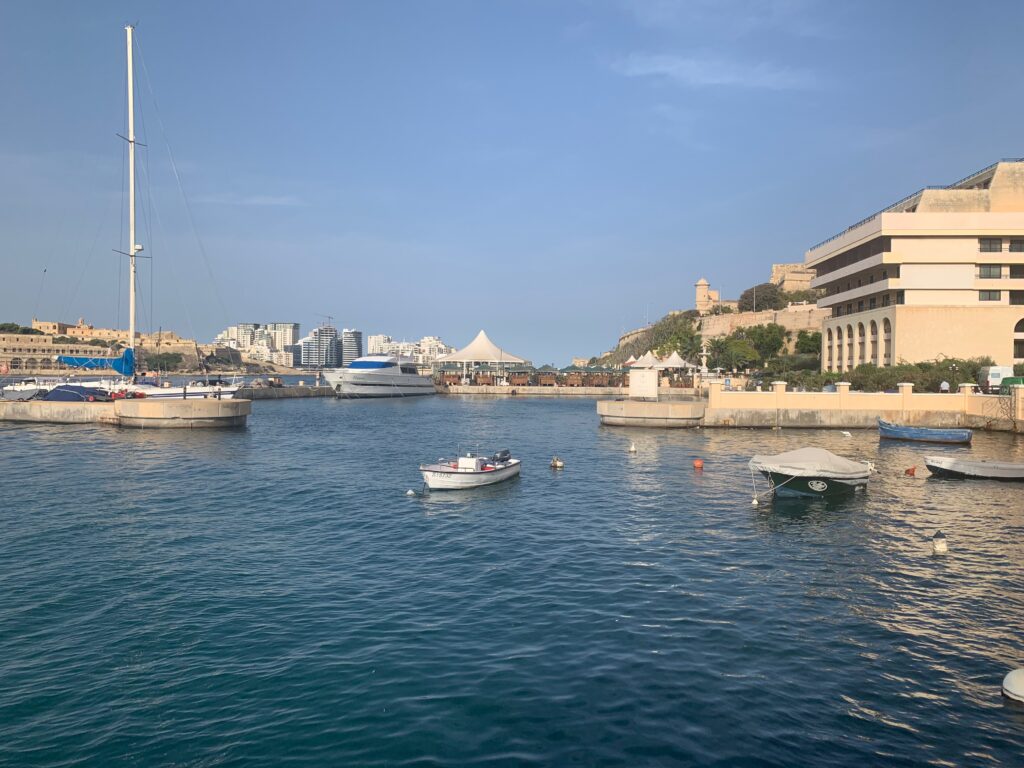
Manoel Island: Just across the water from Sliema’s waterfront is Manoel Island. While not as developed as Sliema, it offers a more tranquil escape and a marina with luxury yachts.
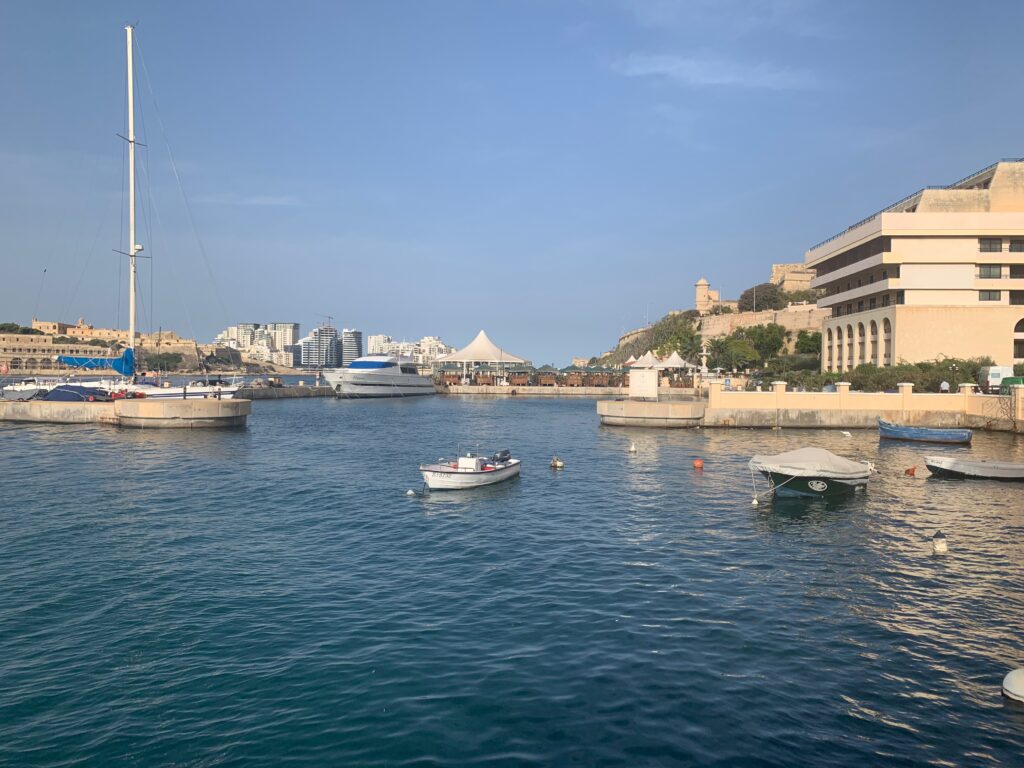
Sliema promenade, also known as the Sliema Front, is a lovely place for a leisurely stroll. You can enjoy stunning views of the Mediterranean Sea while walking along the seaside. It’s an ideal spot for an evening walk or a morning jog. The waterfront is lined with various shops, cafes, and restaurants. You’ll find a wide range of international and local cuisine options. It’s a fantastic place to enjoy a meal with a sea view. The Sliema waterfront is a great place to try activities like jet-skiing, paddleboarding, and more. Several operators offer equipment rentals and guided experiences.
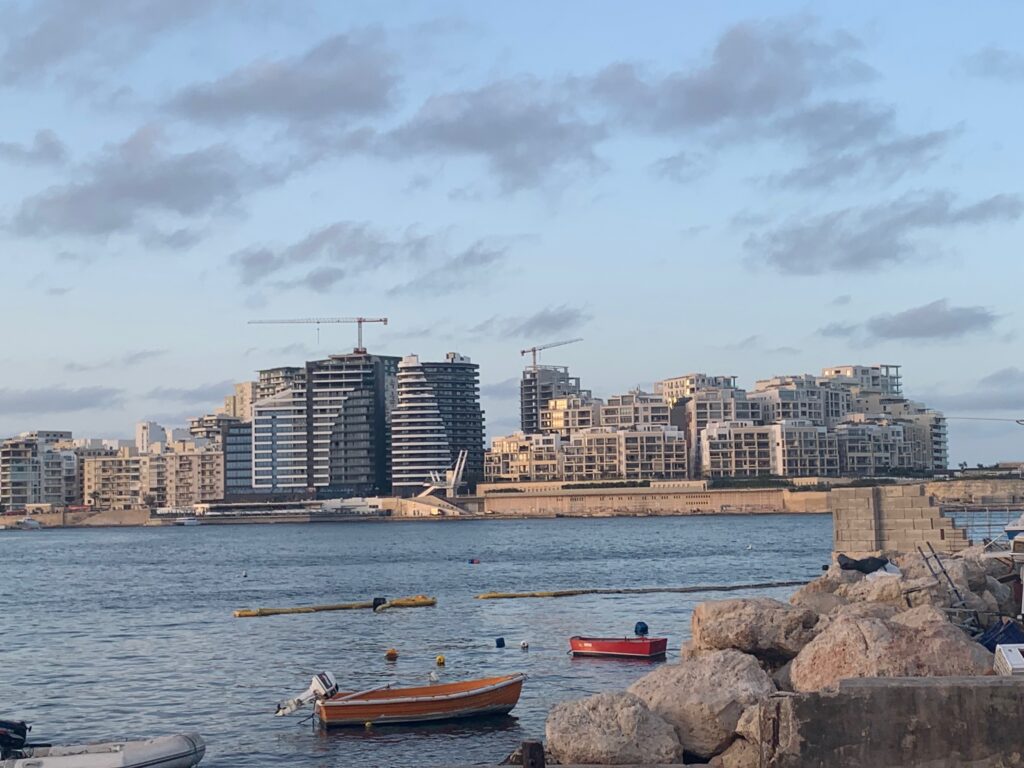
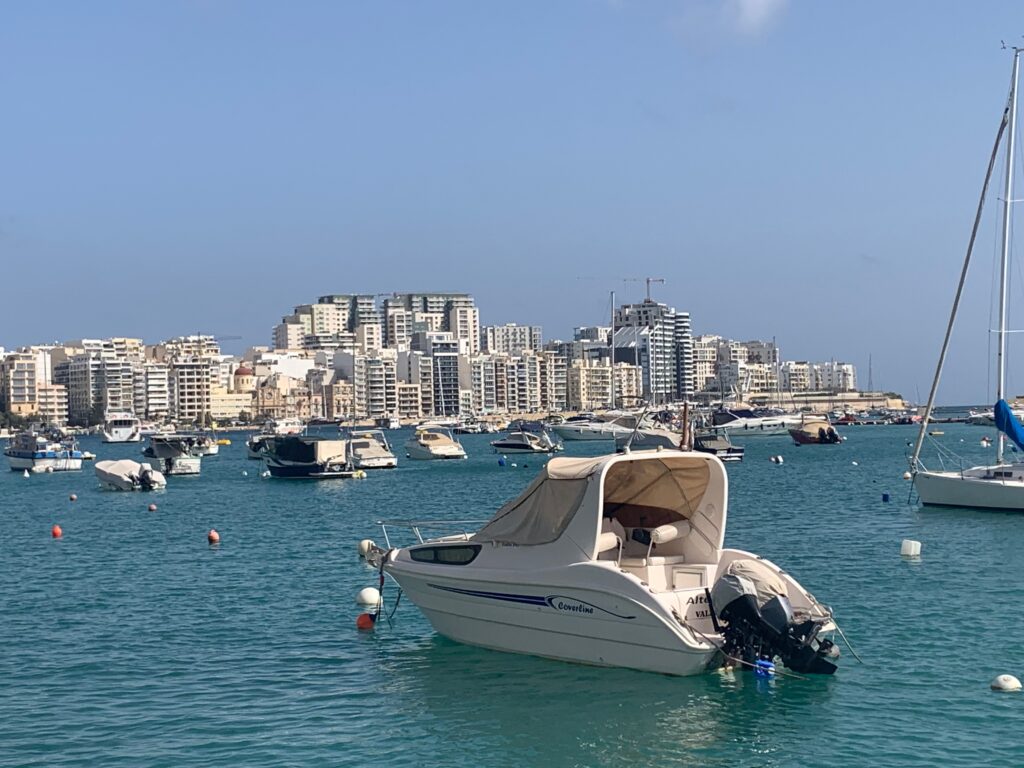
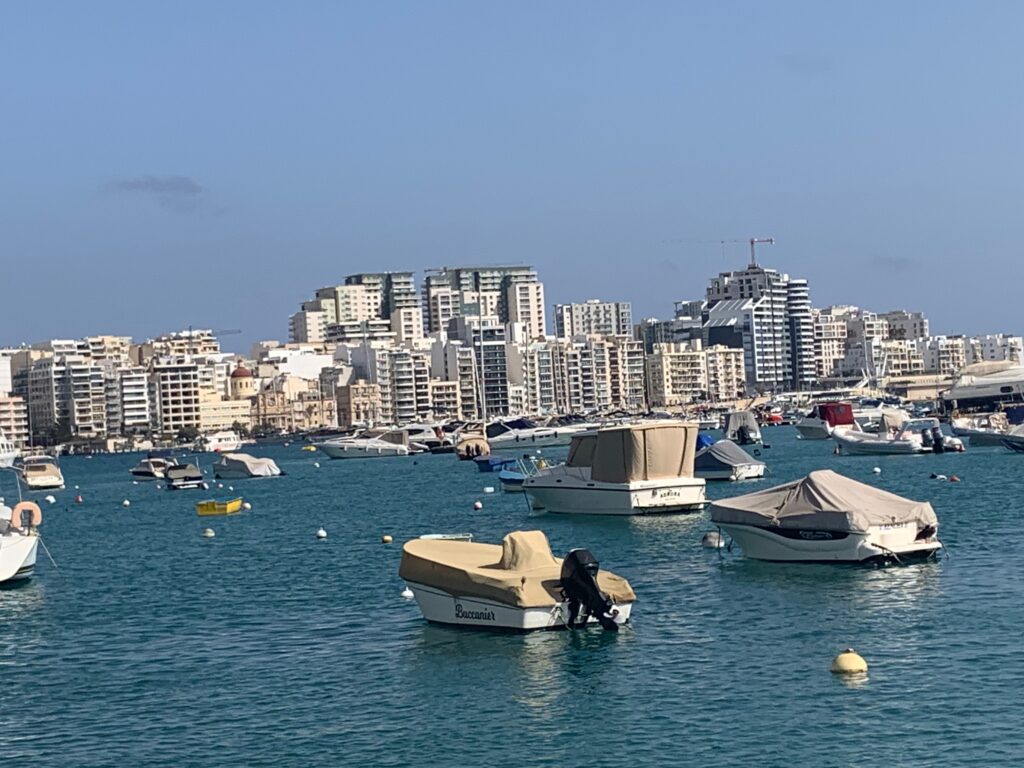
St. Julian’s, a lively seaside town, is a bustling hub for tourists and locals alike. It’s renowned for its vibrant nightlife, with numerous bars, clubs, and restaurants along the Spinola Bay promenade. The town offers scenic sea views, water sports, and beautiful beaches, making it a top destination for those seeking a mix of entertainment and relaxation. St. Julian’s also features some historic sites and the stunning St. Julian’s Parish Church, adding depth to its modern and dynamic atmosphere.
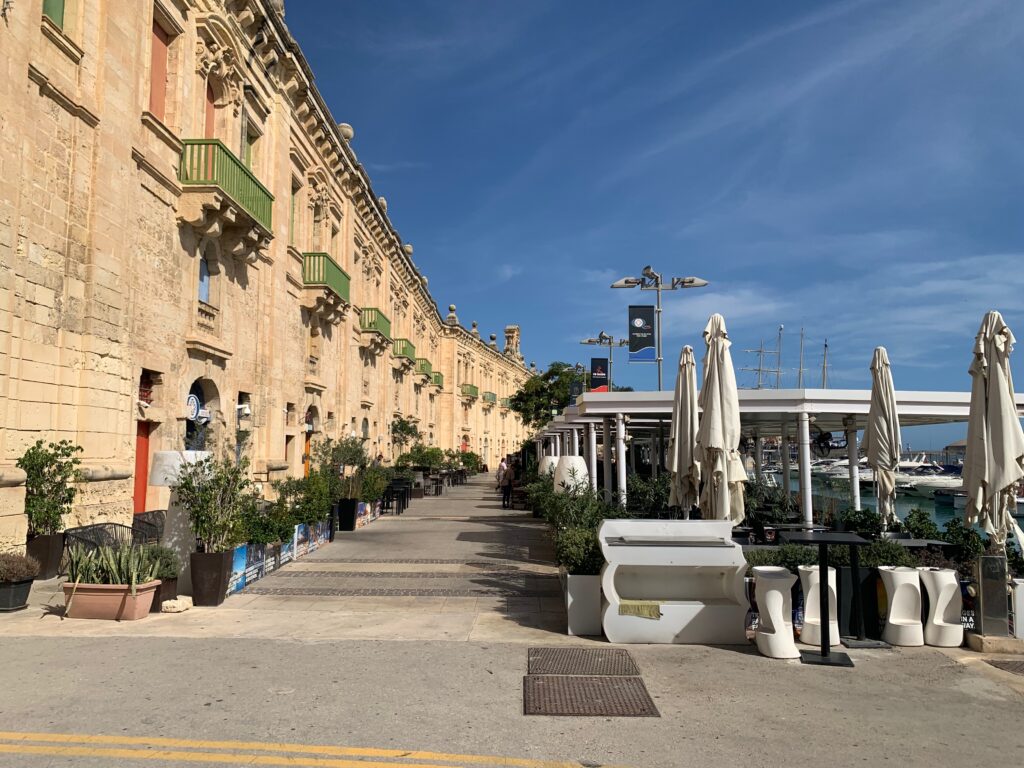
The Valletta waterfront is a promenade featuring three 18th-century structures: Church of the Flight into Egypt, Pinto Stores (Pinto Wharf), and Forni Stores ( now Forni Shopping Complex). These buildings house a dozen bars, retail establishments, and restaurants, all set against the backdrop of the stunning Mediterranean Sea. It is touristy but it is gorgeous.
This waterfront carries personal significance, as it was here, in November 1930, that my great-grandparents stopped off on their worldwide sea voyage, having come from Plymouth and heading back to Australia. Notably, my great-grandmother cared for the daughter of her niece during this journey, a connection that endures to this day., UK
Wuestenwinds Beach is a well-known beach rocky in Valletta, Malta. It’s a picturesque spot located near the St. Elmo Lighthouse with beautiful views of the Grand Harbour and a sense of tranquillity. It appeared to be a popular destination for locals. It offers convenient access to the sea with stairs for swimmers to enter and exit the deep blue waters.
Memorials
The City Gate in Valletta, originally constructed in the 1960s, underwent a significant redesign and reconstruction in 2011. The result is a striking and futuristic structure with an Open-Air Piazza. This innovative design provides a gathering place for people to relax, enjoy the surroundings, and participate in open-air cultural events. The Parliament House is also situated in this area, adding a touch of modernity to the historic city.
The Siege Bell War Memorial: Commemorating the Siege of Malta, this is an impressive site to visit. The monuments here were very poignant as I had a relative in the British navy who was stationed at Malta pre-World War Two. During World War II, Malta faced a siege by the Axis powers but remained a vital Allied base for operations in North Africa and the Mediterranean.
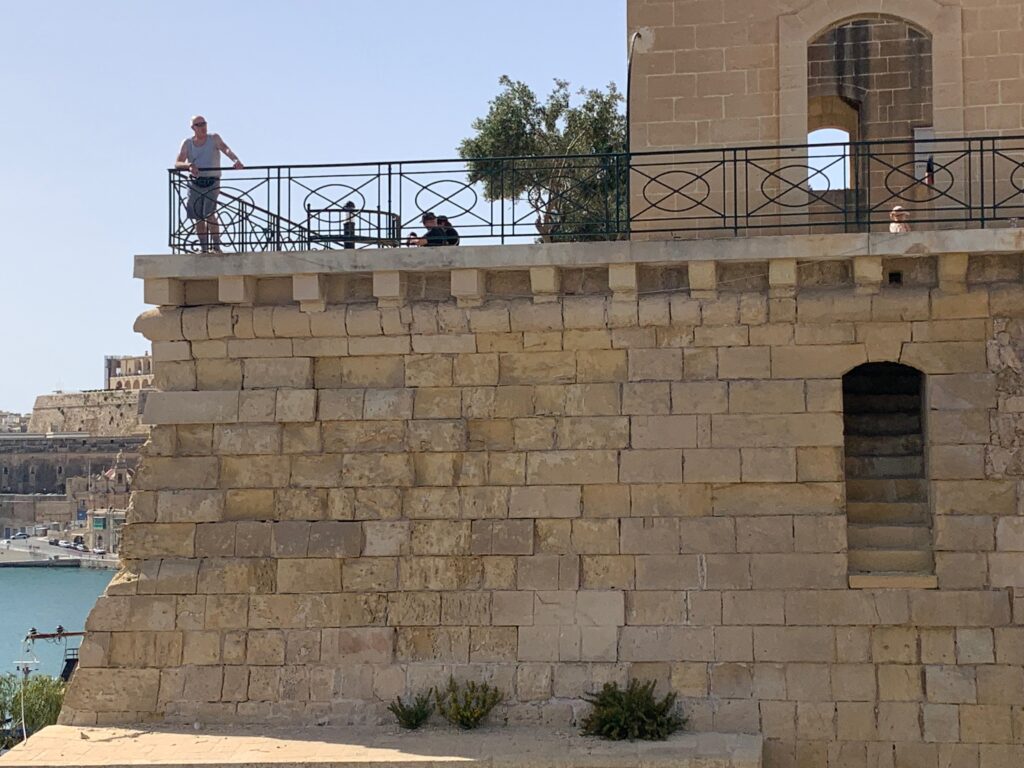
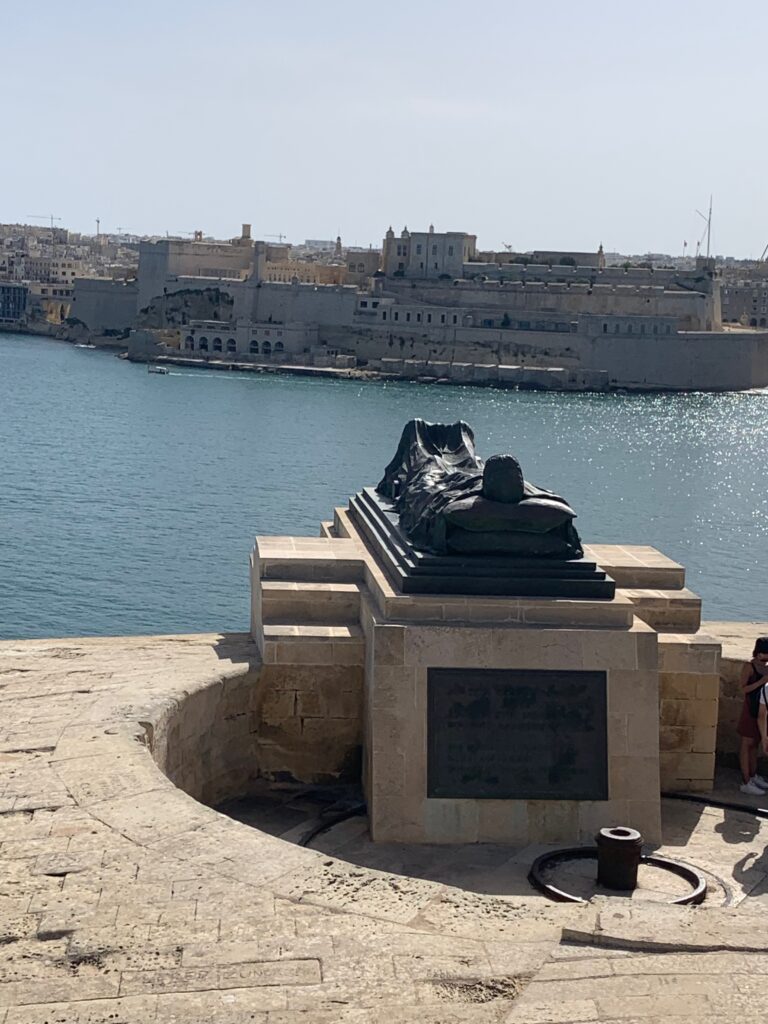
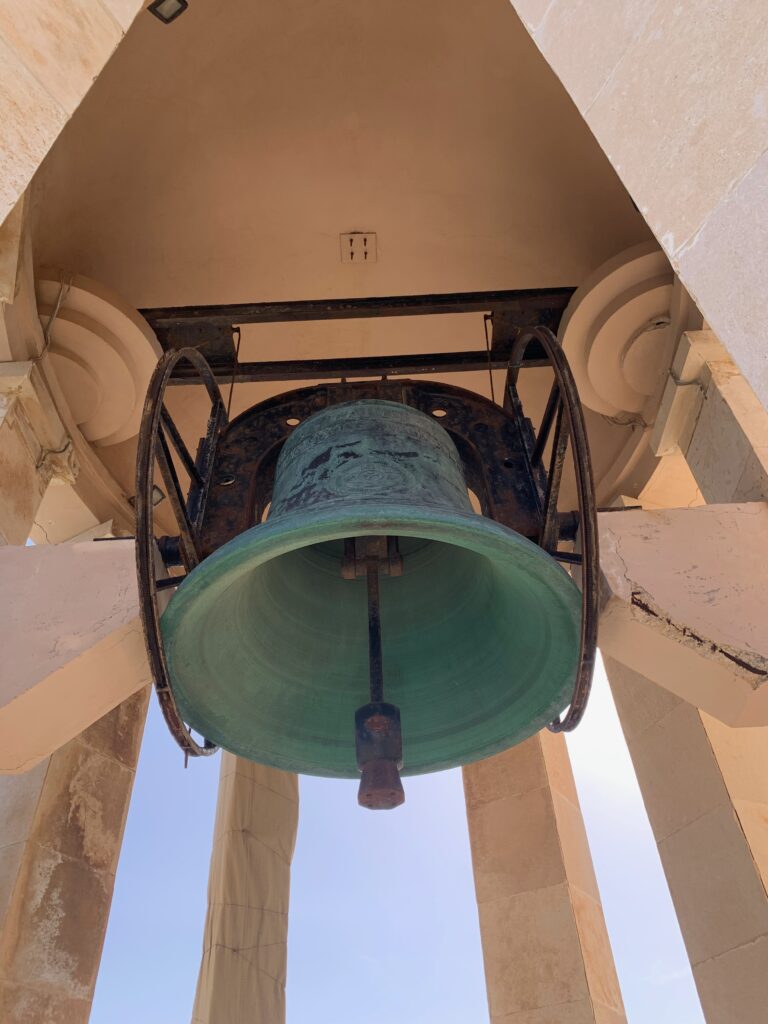
Museums
I weaved my way around to The Lascaris War Rooms, beneath Valletta. They played a pivotal role during World War II as the underground headquarters for the British and Allied forces in the Mediterranean. This well-preserved complex served as the nerve center for planning, coordination, and intelligence gathering. Guided tours offer visitors a unique historical and educational experience, providing insight into the wartime strategies employed beneath the streets of Valletta. The complex also offers panoramic views of the Grand Harbour, making it a must-visit for history enthusiasts and those interested in World War II history.
The Malta Experience: This museum provides an audiovisual overview of Malta’s history and manages to pack 2,000 plus years of complex history into a dynamic, interesting, and informative explanation of the Romans, Sicilians, Italians, Turkish, English. Malta was shared, and held by empires while the poor Maltese prospered or suffered under these powers. The St. Elmo War Museum further illustrates these waves of wars and conquerors, meaning that Malta has been attacked, bombed, and shelled.
Nearby, is the National War Museum, housed in Fort Saint Elmo, is a must-visit for history buffs. Explore its extensive collection, which spans different periods in Malta’s history, focusing on its role during World War II. You can discover artefacts and documents on the island’s wartime significance. It is a huge complex, so you need a decent chunk of time here.
I enjoyed my visit to the Muża Art Gallery in Valletta, housed in a beautifully restored historic building. I was pleasantly surprised by the relatively low number of tourists, which allowed me to delve deeper into Malta’s rich history and culture through the diverse artworks on display. This gallery is a hidden gem that provides a unique and insightful cultural experience.
Shopping
I weaved through the Old Valletta streets, imagining the steps that had gone before:.
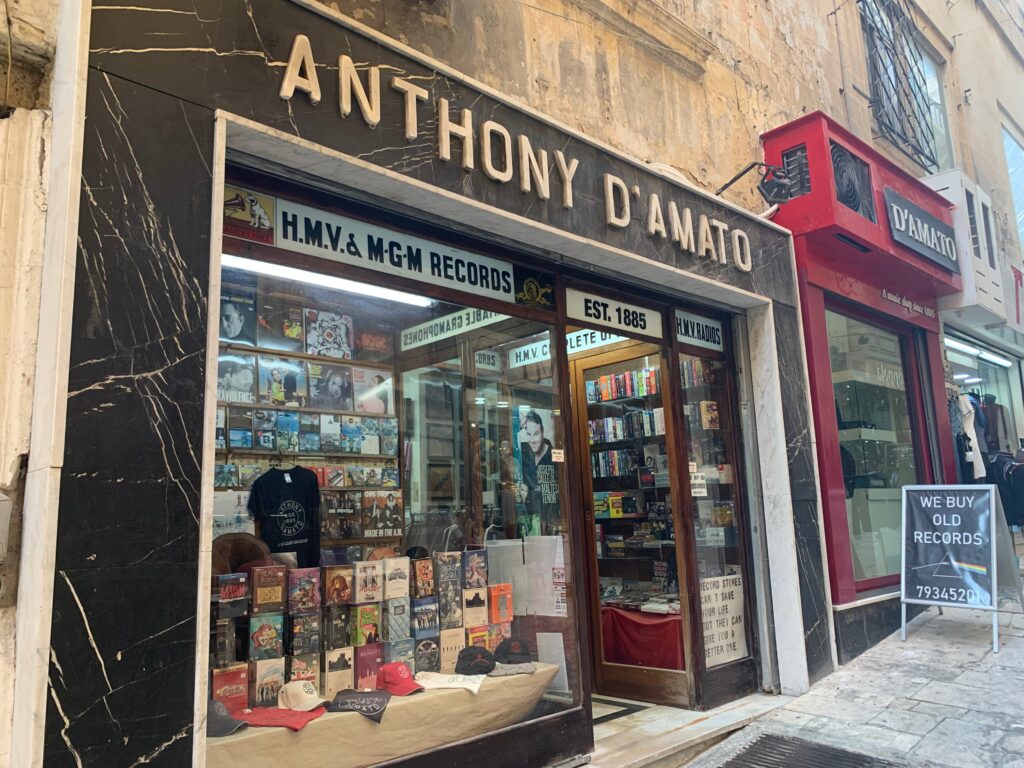
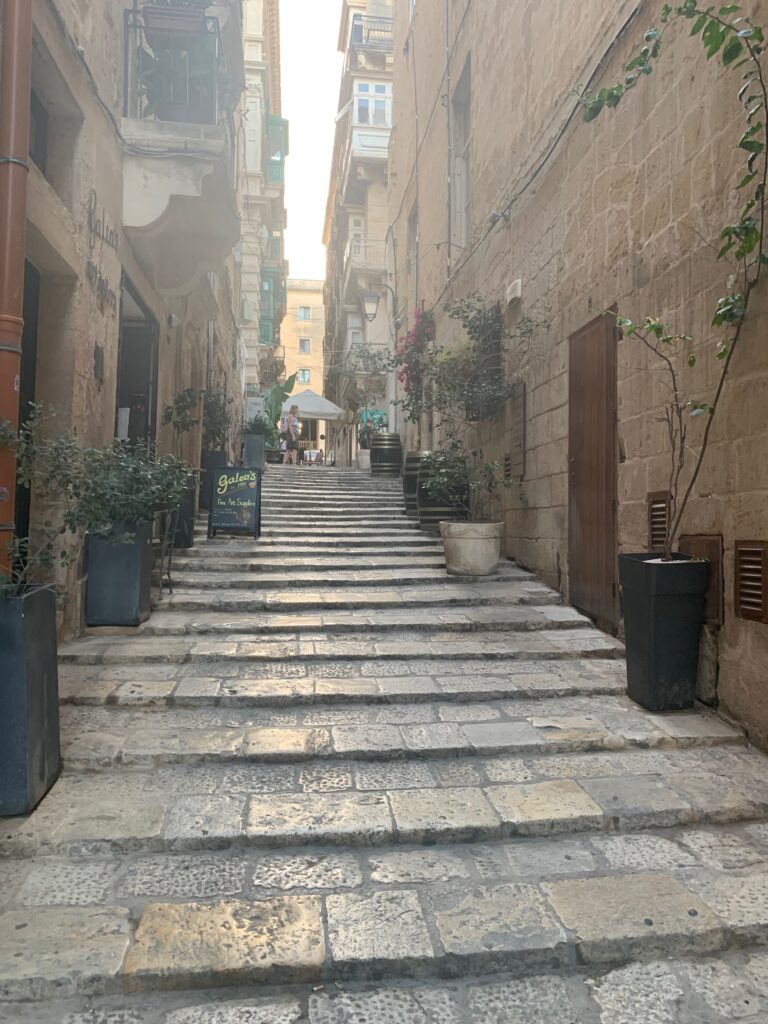
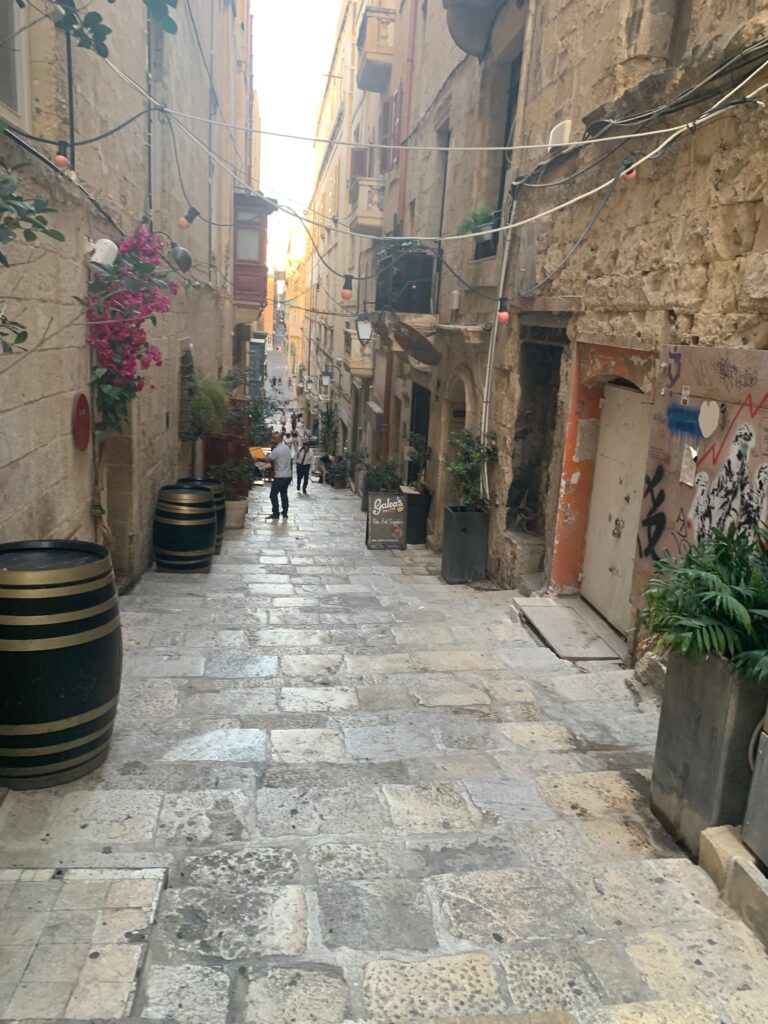
- Republic Street (Triq ir-Repubblika): This is one of Valletta’s main shopping streets, known for its boutiques and stores.
- Melita Street (Triq Melita): Features a mix of shops and eateries, offering a taste of local life.
- Merchant Street (Triq il-Merkanti): Known for its traditional market stalls, it’s perfect for local shopping.
- Old Bakery Street (Triq il-Franċiżkan): Lined with boutique shops, cafes, and restaurants, it’s a charming street for shopping and dining.
- St. Ursula Street (Triq Santa Ursola): A charming street that connects to Republic Street.
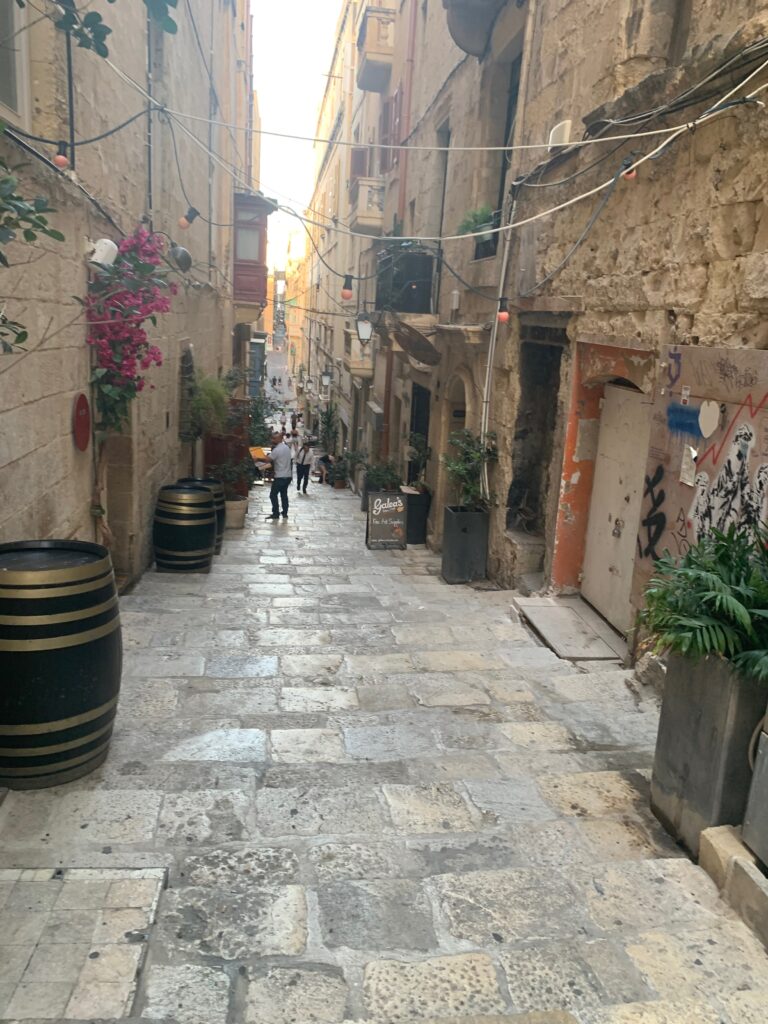
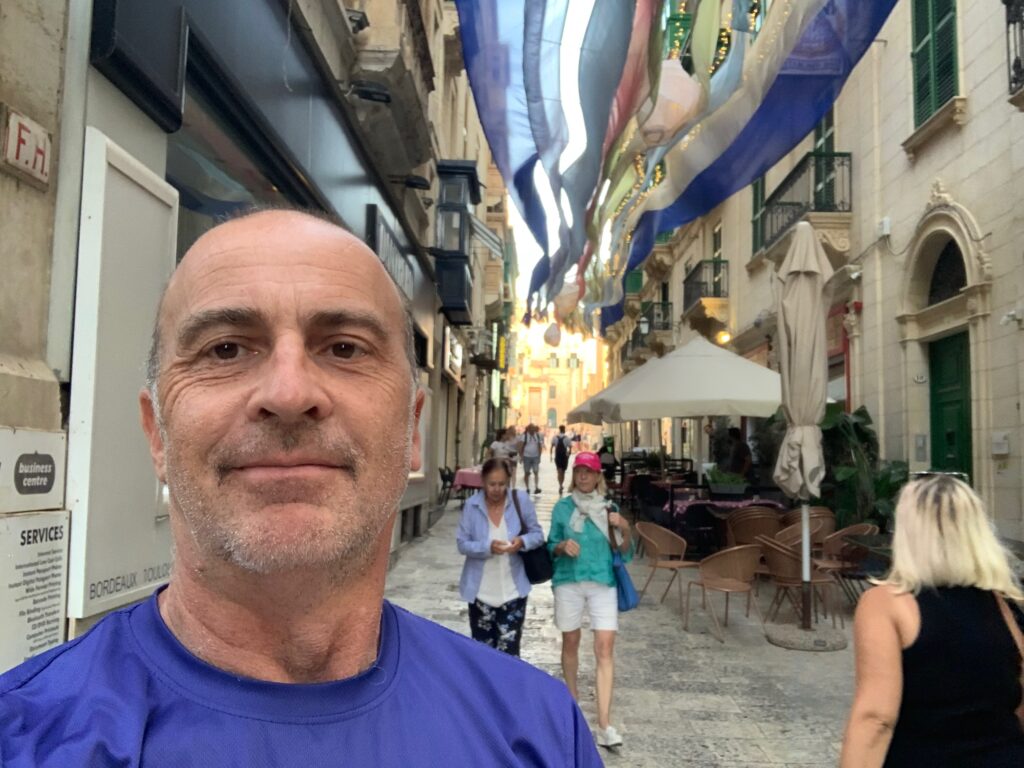
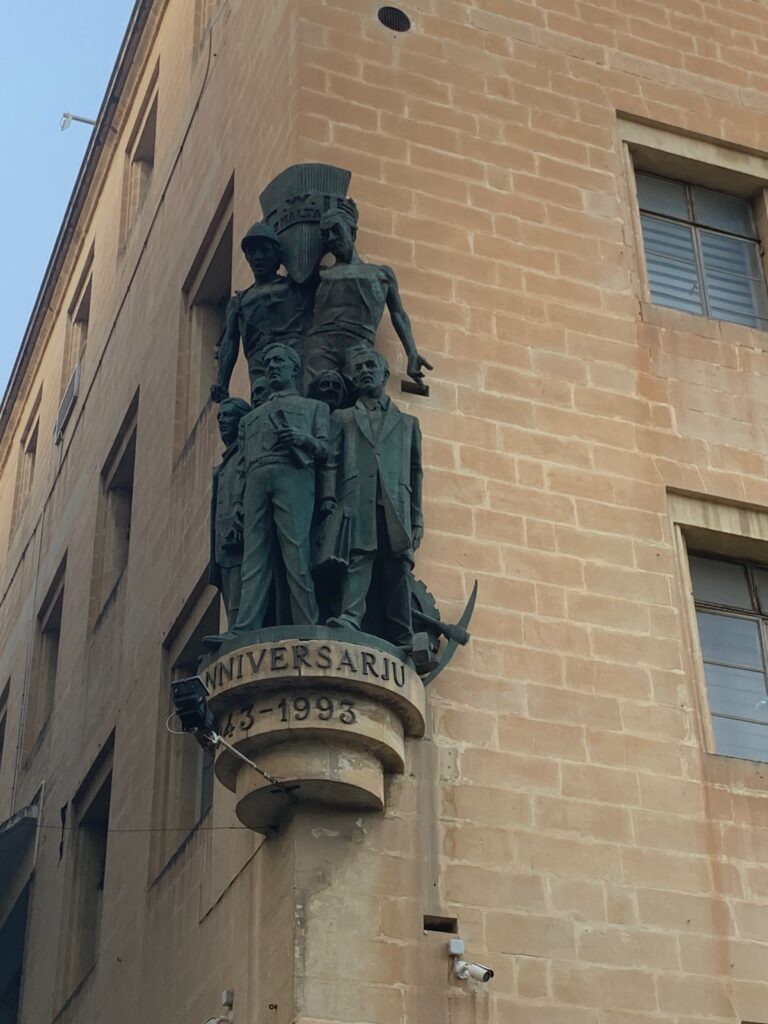
Sliema boasts some excellent shopping opportunities. The Strand, a bustling street running parallel to the waterfront, is lined with shops, boutiques, and malls where you can find everything from fashion to souvenirs.
Supermarkets: I really enjoyed the local supermarket chain Welbees, which offers a great variety of products. Lidl, and Marks and Spencer Food, are the other supermarkets on the islands. There are a huge number of small independent convenience stores scattered throughout the cities,
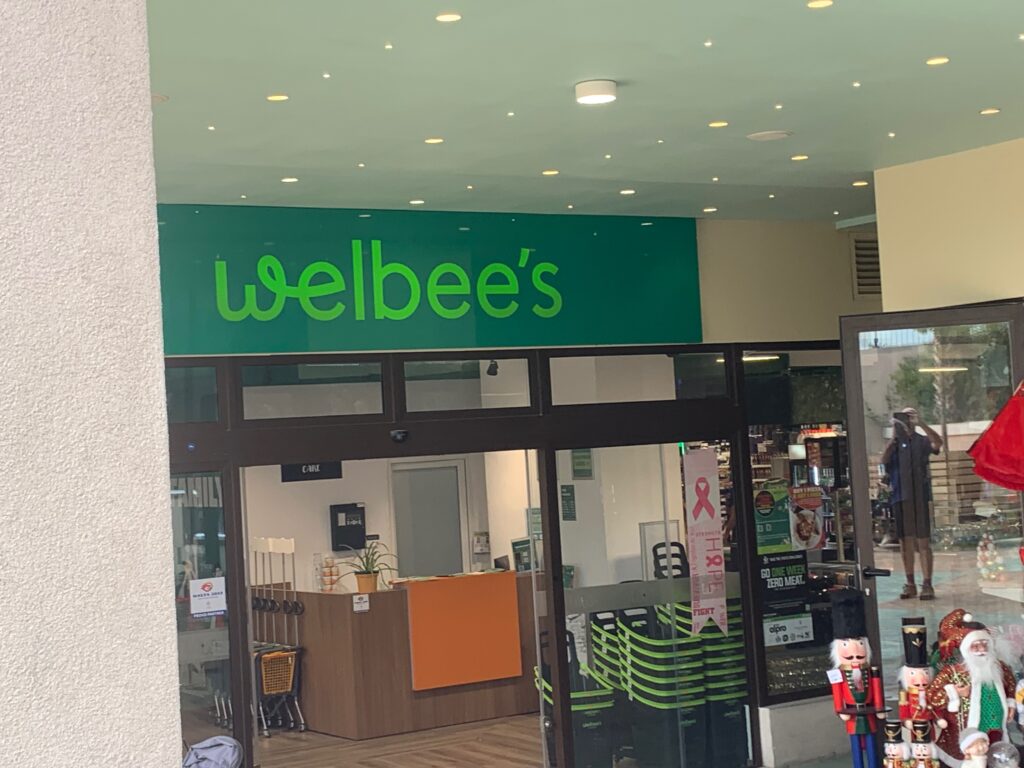
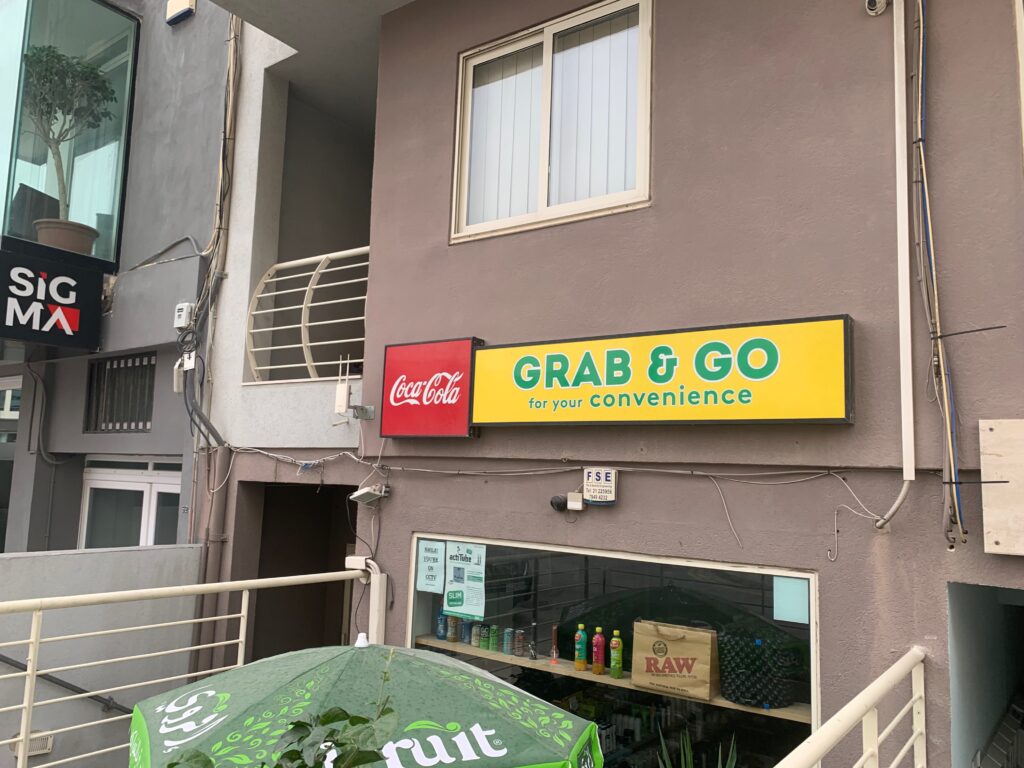
I wandered through the Sunday market in Floriana, which is a mix of new and second-hand clothes, and electrical goods, with locals and tourists bargaining and interacting with each other.
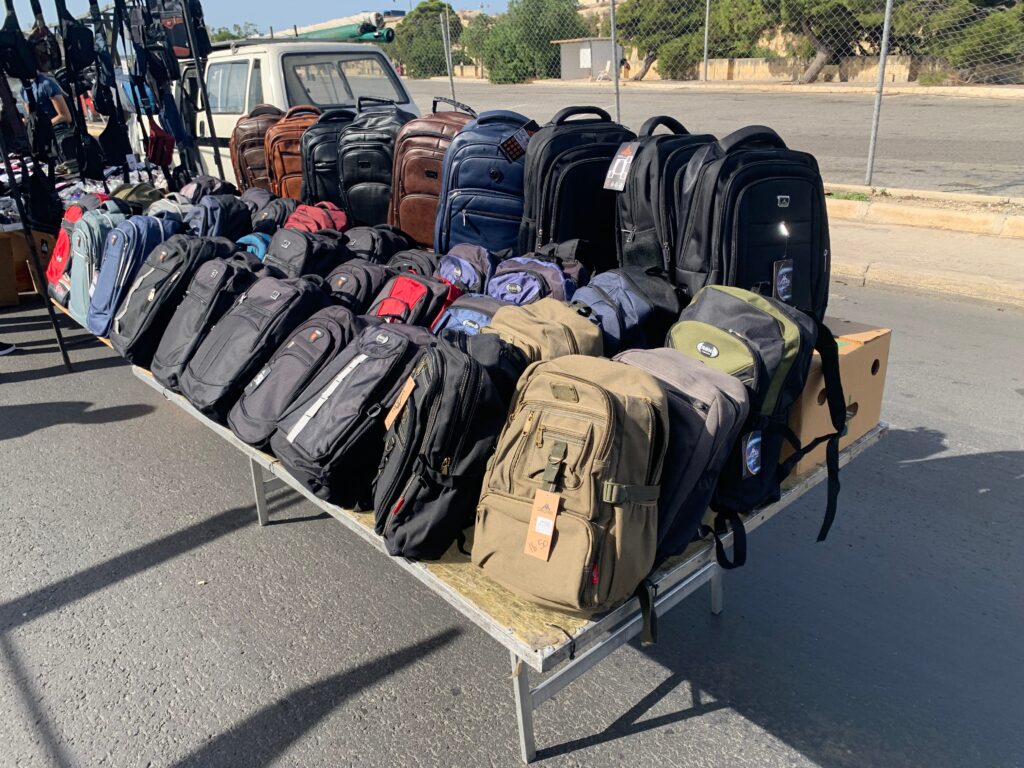
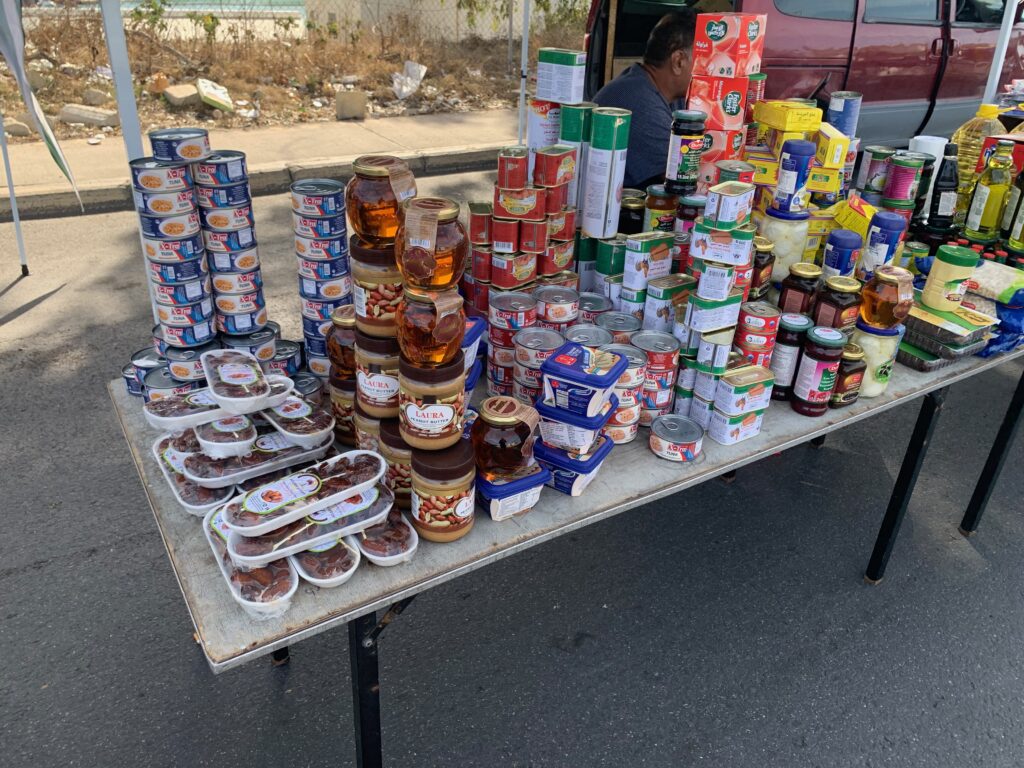
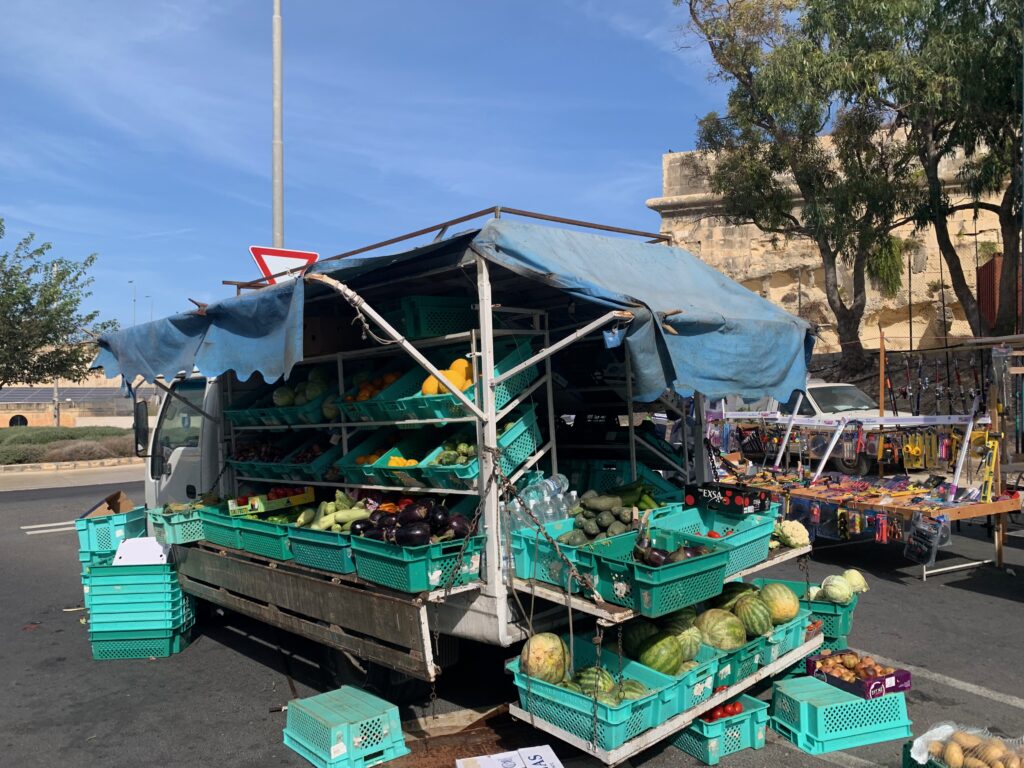
Food
Malta’s culinary scene is a reflection of its rich history and diverse influences. Traditional Maltese cuisine features a mix of Mediterranean, Sicilian, Arabic, and English flavors. I of course tried pastizzi (flaky pastry filled with ricotta or mushy peas), and ftira (Maltese bread with various toppings). I avoided the rabbit stew (Fenkata). The Ross fil-forn, (Baked Rice), Imqarrun (baked Macaroni) , local ravioli and Timpana (a very special rich pasta baked in a pastry case) were magnificent . Fresh seafood, is popular. I paired my meals with local (affordable) wines, and Maltese liqueurs.
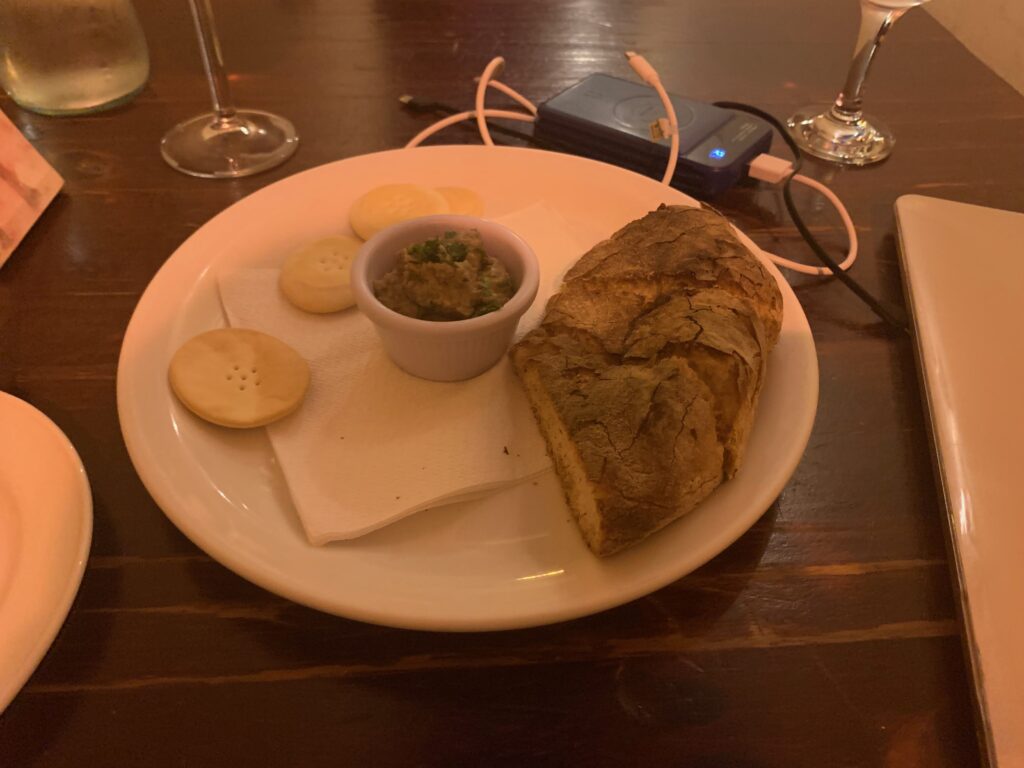
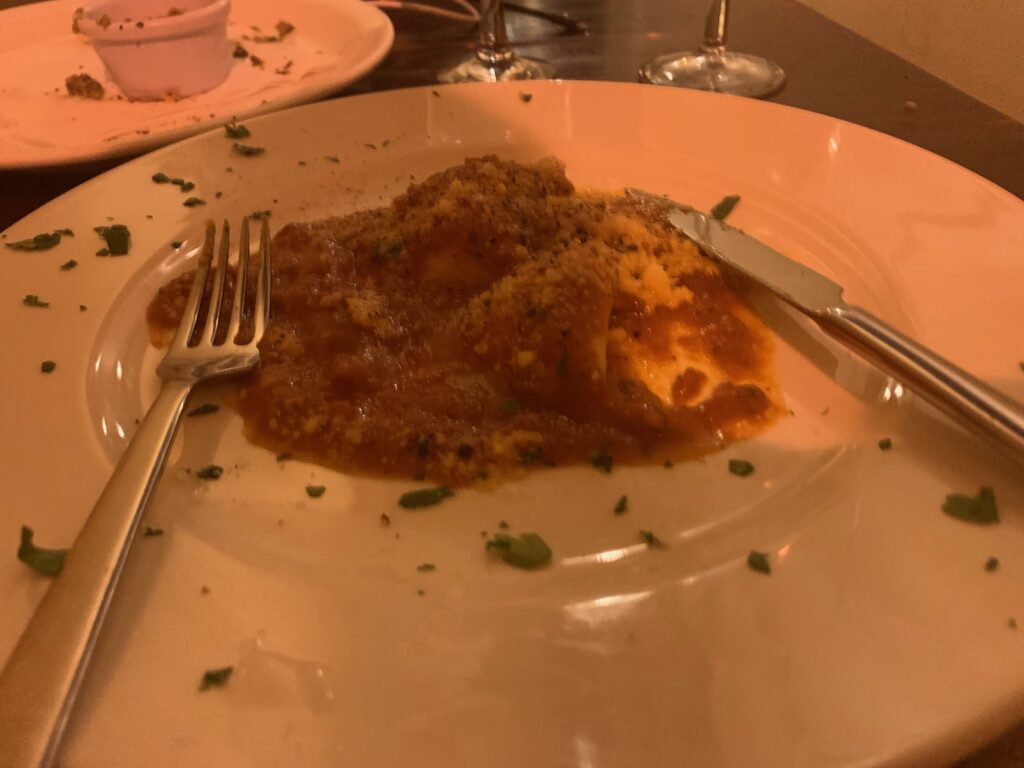
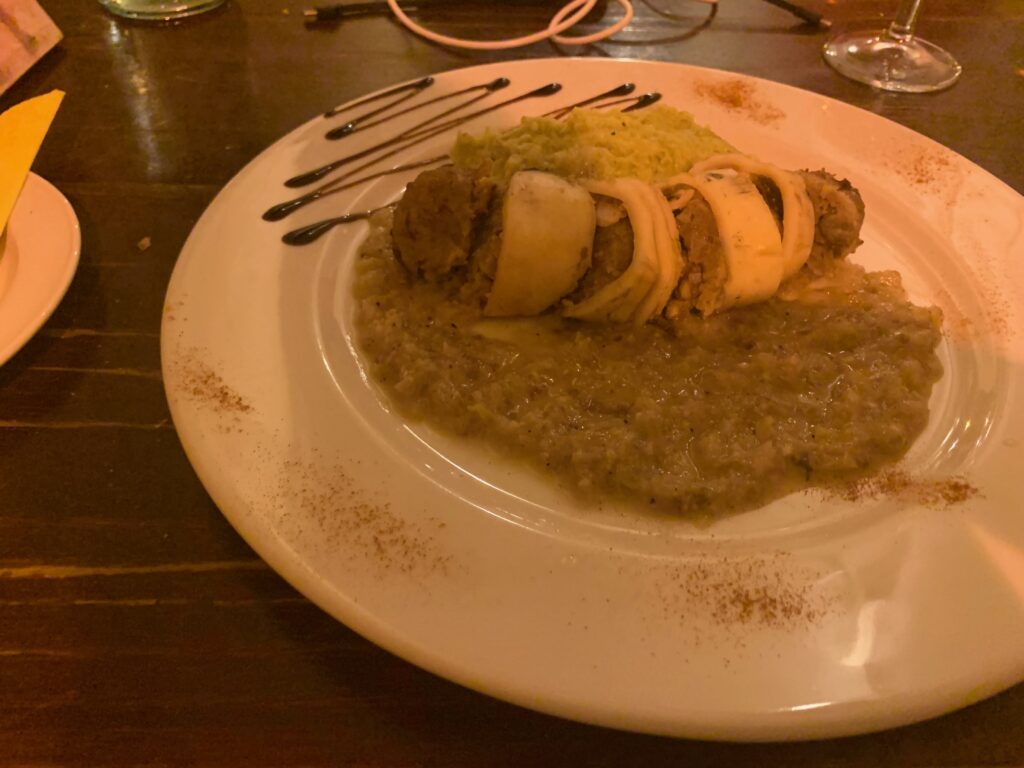
Malta’s dining culture is vibrant, with various restaurants offering both traditional and international cuisines. There are plenty of opportunities to enjoy food with a beautiful Mediterranean view at many seaside restaurants throughout the islands
Coffee
My journey included as all great adventures do, with coffee!
My preferred café in Malta is Coffee Circus Porto. The coffee is superb, the staff incredibly friendly, and both the indoor and outdoor seating areas are perfect for relaxation and work, plus they offer lightning-fast Wi-Fi! I managed to write a report there!
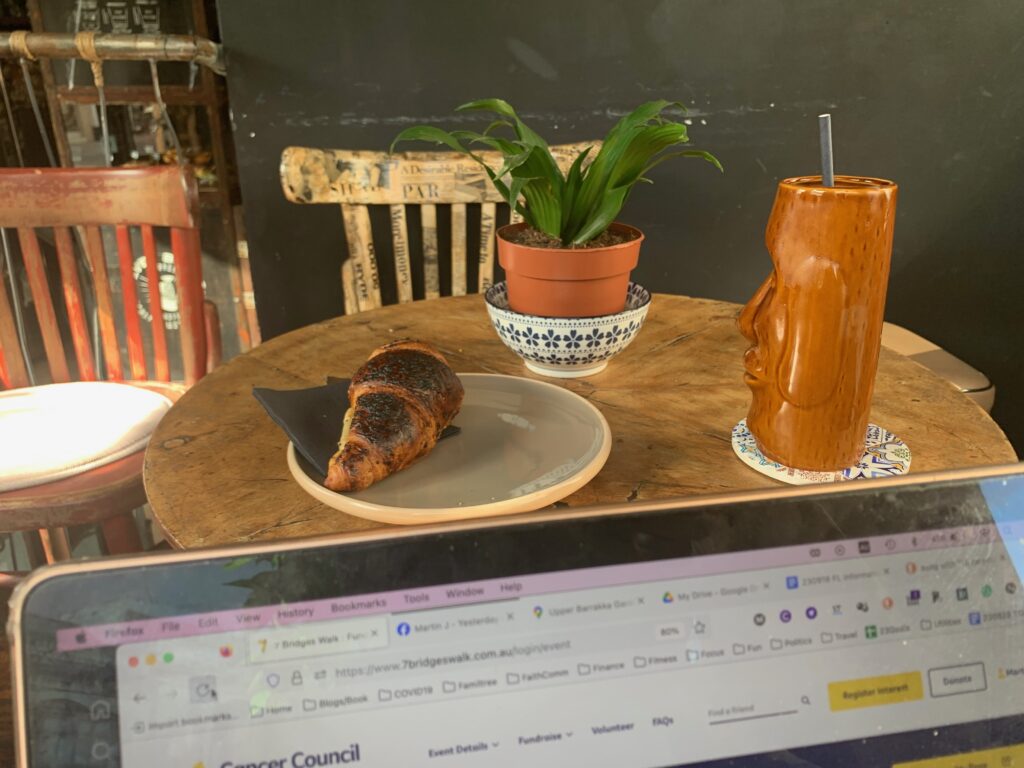
Also, don’t miss checking out Lot 61 Roasters in St Julien and Valetta
I was also pleasantly surprised by The Cake Box at the University of Malta. They have other branches across the island.
You can find chains like Caffe Pascucci, Coffee Fellows, Costa Coffee and Starbucks.
I highly recommend Busy Bee for their gelati and coffee!
Getting there
By Air:
- I flew into Malta International Airport with Air Malta and out with Lufthansa to Frankfurt. The pleasant airport, located about 10 kilometres southwest of Valletta is the primary gateway to the island. Upon arrival, you can easily access other parts of the island through taxis, buses, Bolt or car rentals. Airlines like Ryanair, EasyJet, Whizz, and most of the European flag carriers operate regular flights to Malta.
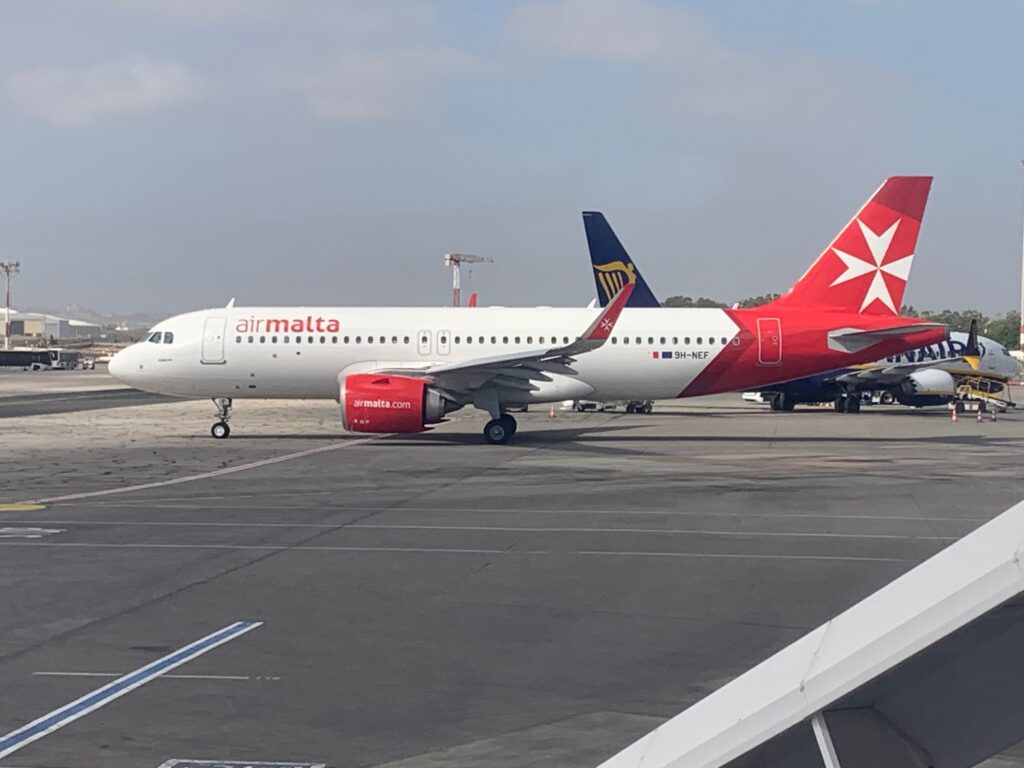
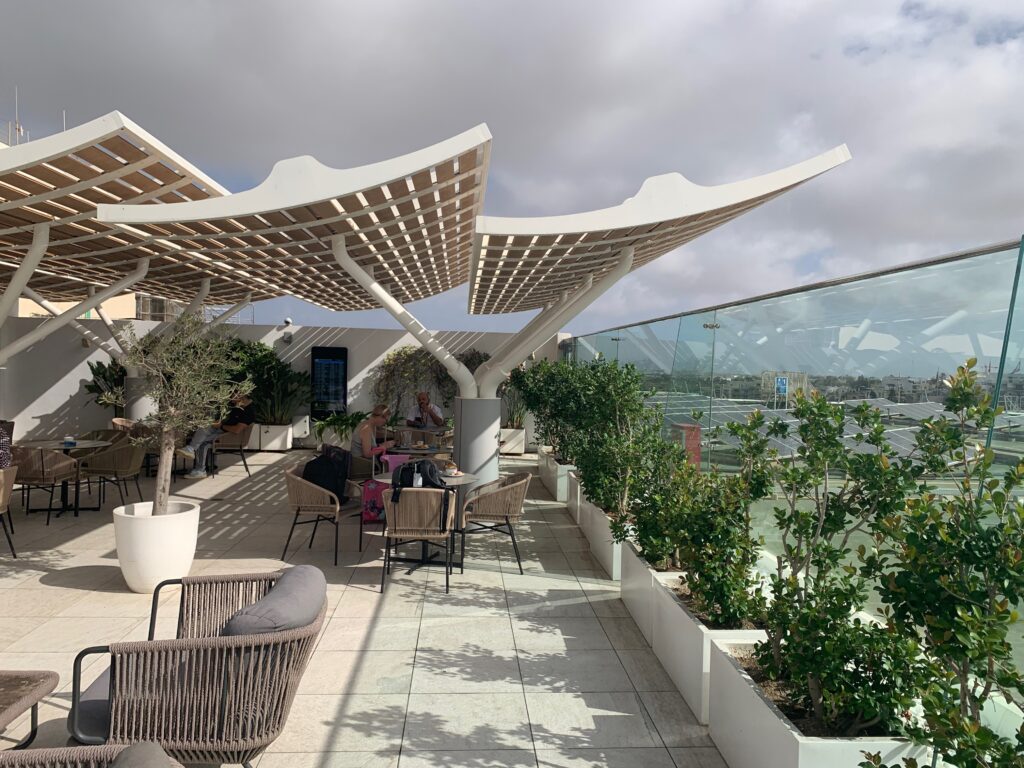
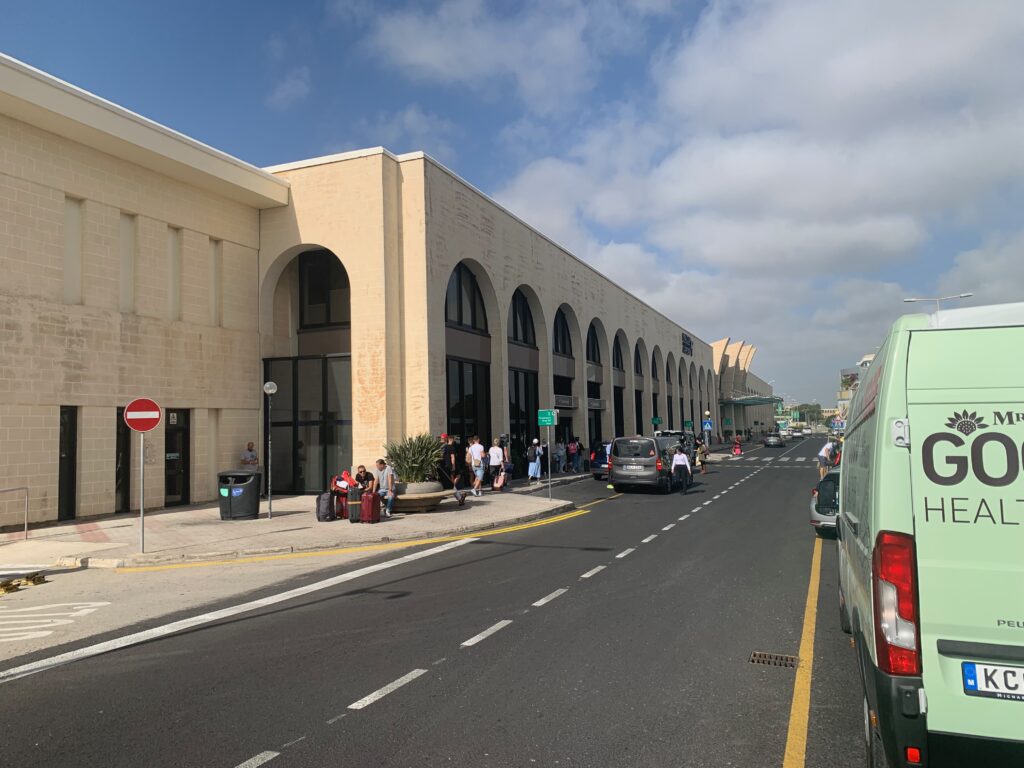
By Sea:
- Malta is accessible by sea, with ferry services mainly operating between Sicily (Italy) and Malta. The ferry terminals in Malta are in Cirkewwa and Marsamxett Harbour.
Getting Around
Walking is the most convenient mode of transportation when exploring each of these cities. However, please be aware that there are steep stairs and ramps in some areas.
Additionally, there is an extensive bus system, and a ferry service connects Sliema to Valletta. It’s worth noting that Bolt is more commonly used than Uber for ride-hailing services in Malta.
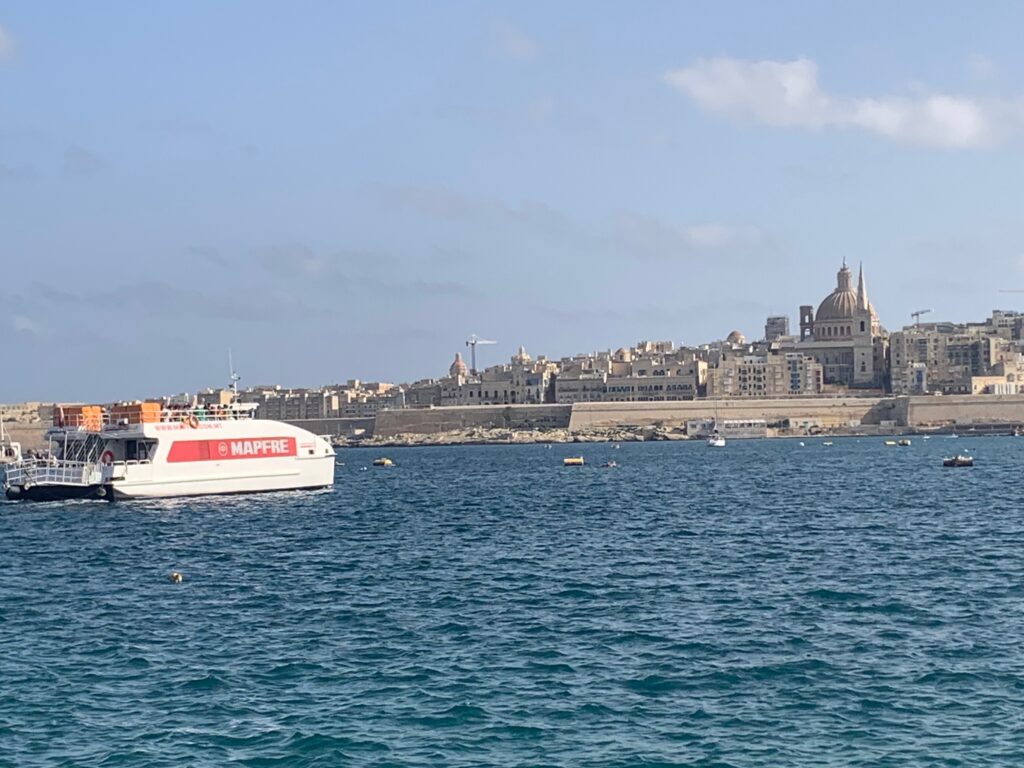
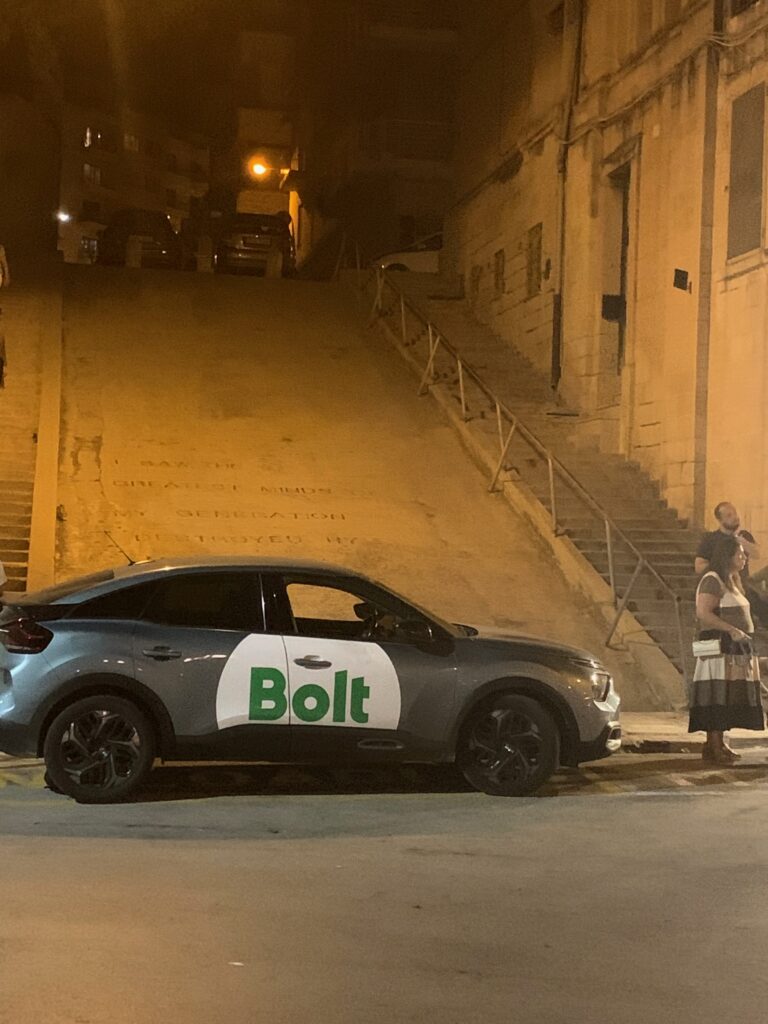
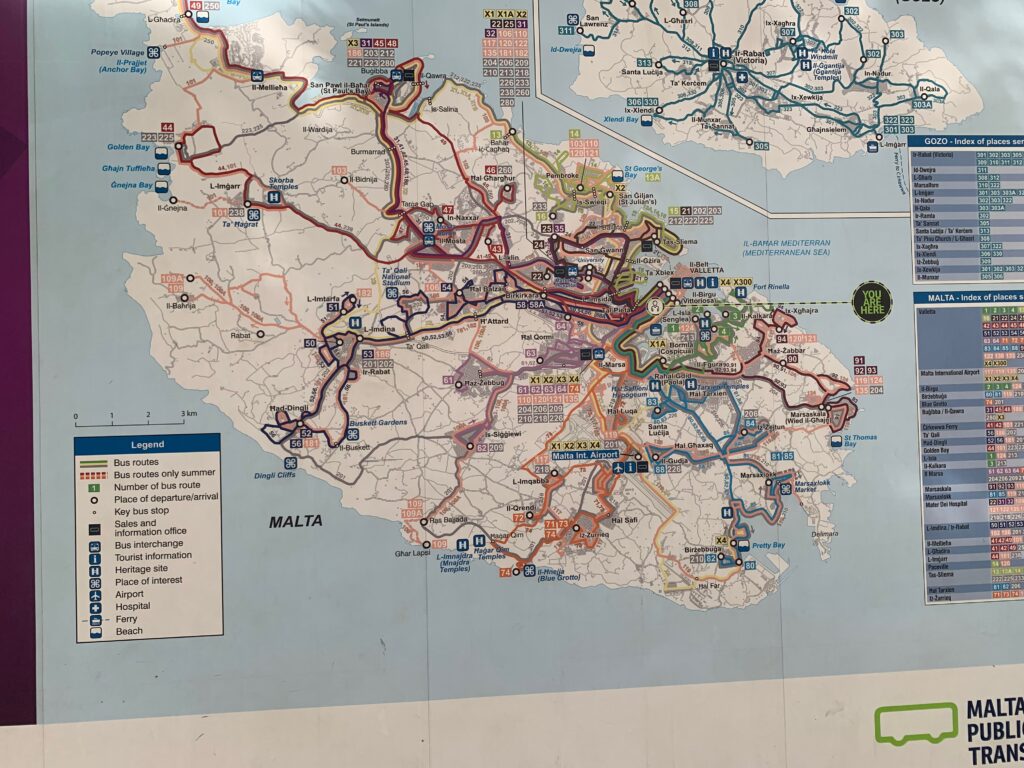
Driving in these cities can be a bit hectic and far from quiet and calm due to narrow roads and traffic congestion. If you prefer a more relaxed way to see the sights, consider taking one of the tourist route buses available. They offer a convenient and comfortable way to explore the cities without the hassle of parking and traffic.
Hotels and Accommodation
Various hotels are available in popular areas such as Qawra, St. Julian’s, Buibba, Valletta, Melliea, Sliema, and St. Paul’s Bay. Independent hotels in historically significant areas like Birgu and Valletta are pricier yet offer unique settings and are housed in historical structures. St. Julian’s and Sliema see to have more of the chain hotel brands. For more affordable options, locations like Qawra, and Buibba offer great settings and reasonable prices, but early reservations are recommended due to high demand. If you are happy to use buses, then most locations are not far from Valetta and Floriana .
For travellers preferring self-catering, Malta has numerous Airbnb and VRBO properties, offering more space and flexibility. I enjoyed a three-night stay in a spacious flat near the University of Malta before moving to a hotel. This option provided freedom, laundry facilities, and the ability to prepare meals.
Budget priced Hostels are also available in St. Julian’s and Sliema. I was told backpackers must book early as they sell out fast..
Villas in prime locations come with features like pools and beach access, ideal for groups or families. Additionally, the farmhouses in Gozo offer breathtaking views and a unique experience.
The average hotel in Malta costs $USD97, with five-star hotels sitting at an average of $US197 per night. During June to August, accommodation in Malta experiences high demand due to the increased number of visitors and prices are much higher This period requires quick decision-making and booking due to the influx of tourists.
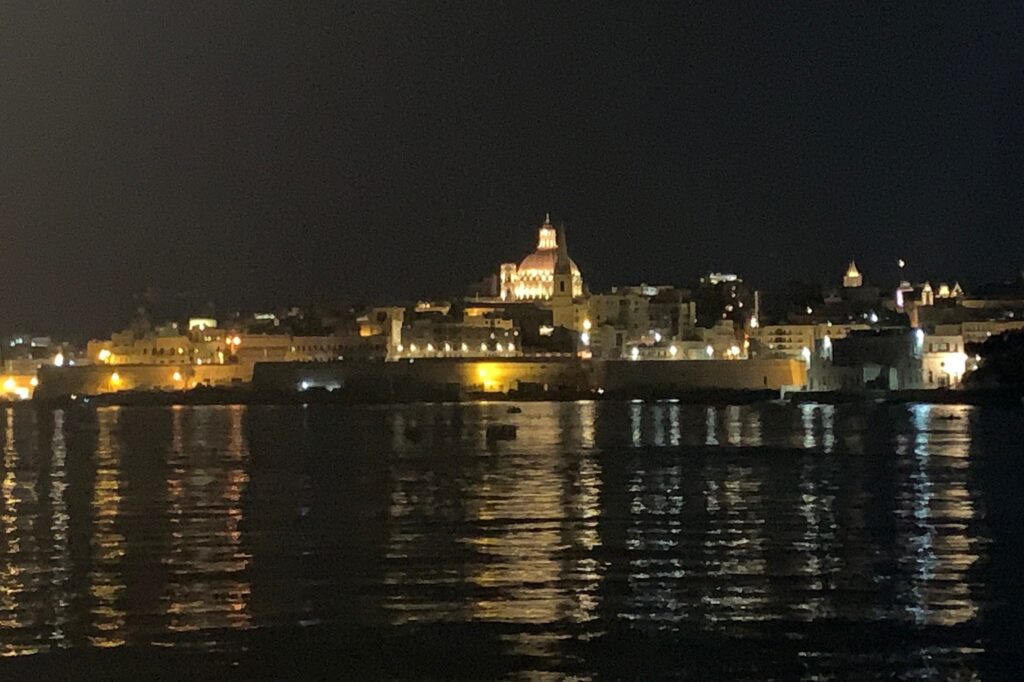
Practicalities
The currency in Malta is the euro, and English is widely spoken. Malta is a part of the EU Schengen Zone, so if you’ve been granted access to the Schengen Zone, you can enter freely.
Don’t forget to bring sunglasses, as I noticed that the strong Mediterranean sunlight can reflect quite harshly off the white limestone commonly used in the architecture.
You need not dress formally -standard dress code seemed to be smart casual.
Crime
You don’t need to take any more care in Valletta than you would at home, because in comparison to other European Union nations, Malta has traditionally repotted low crime rates. With the tourist figures on the rise, crime rates have been edging up slightly. Typical concerns for tourists include:
- Petty crimes, such as theft and pickpocketing..
- Occasional incidents of violence, primarily in bars and clubs,
- Traffic accidents- driving was very fast and fairly aggressive
Other Place Reviews:


Leave a Reply